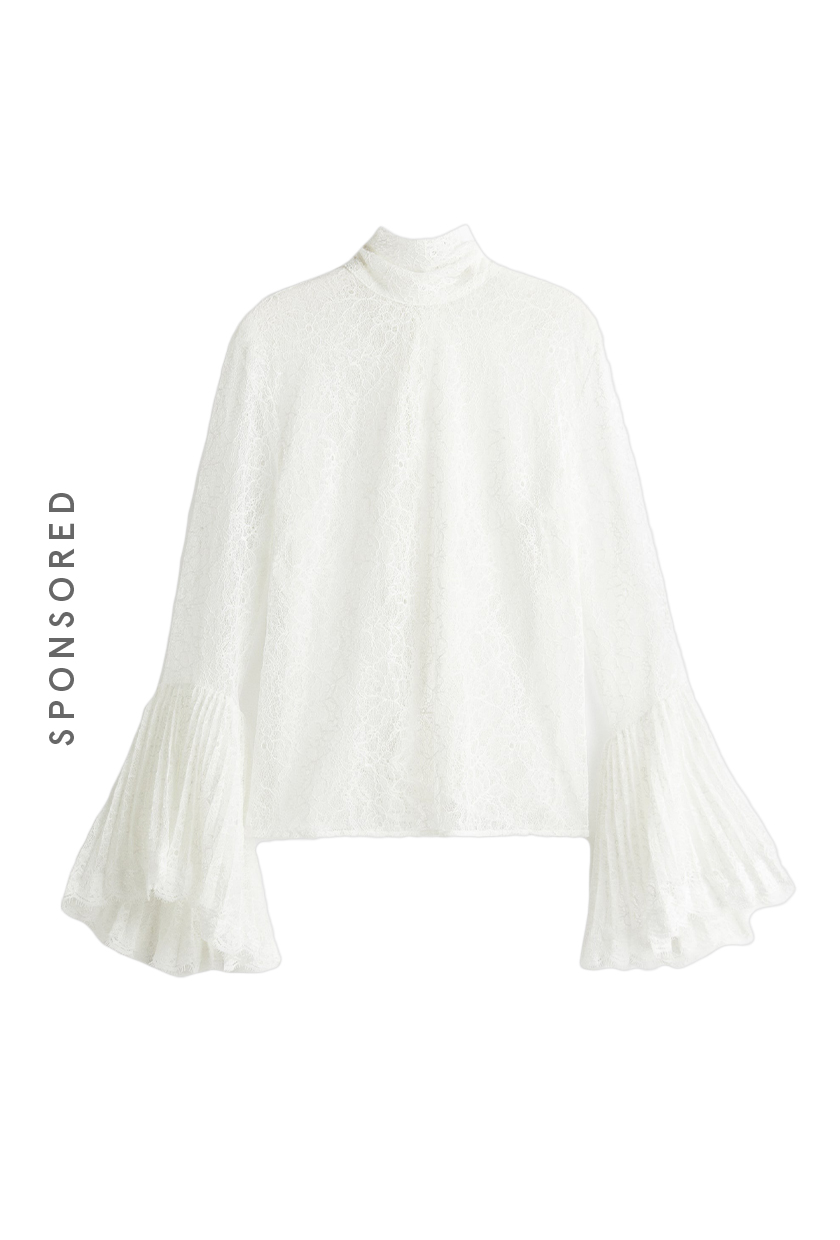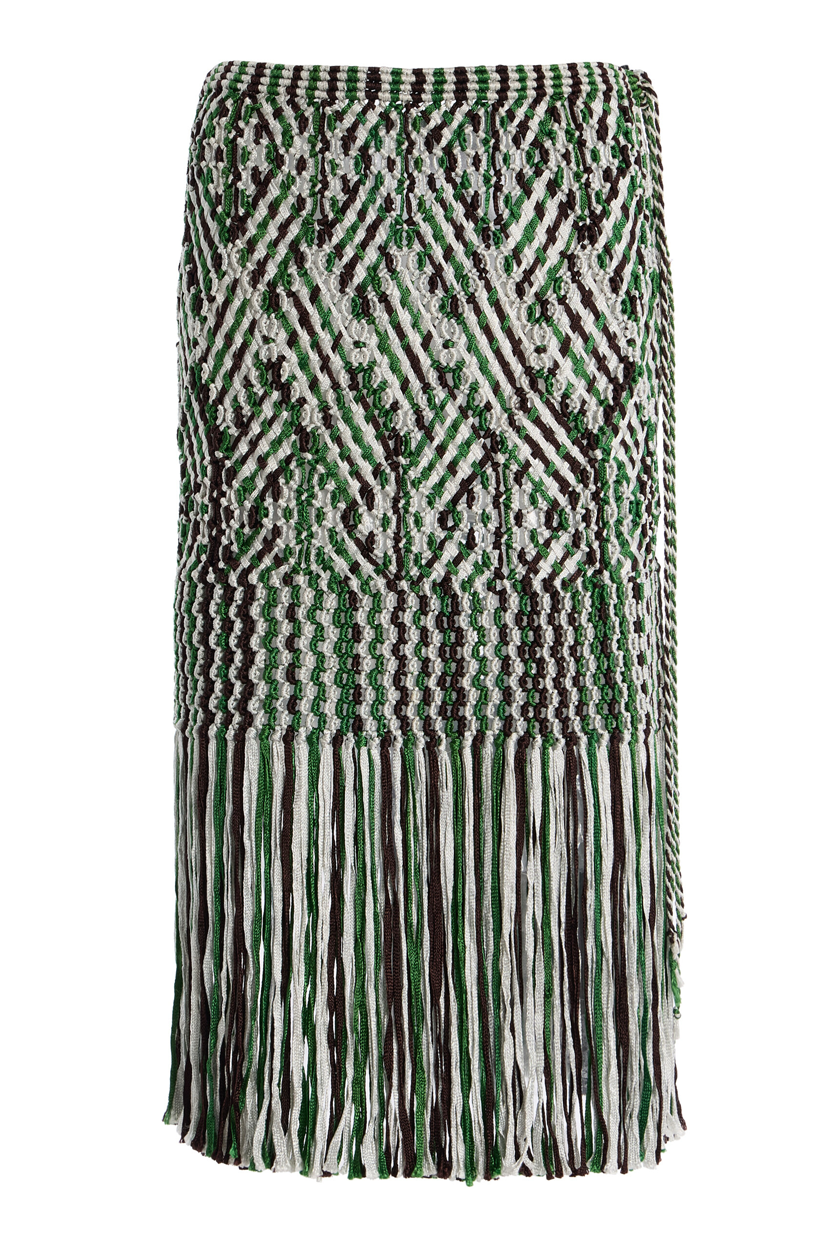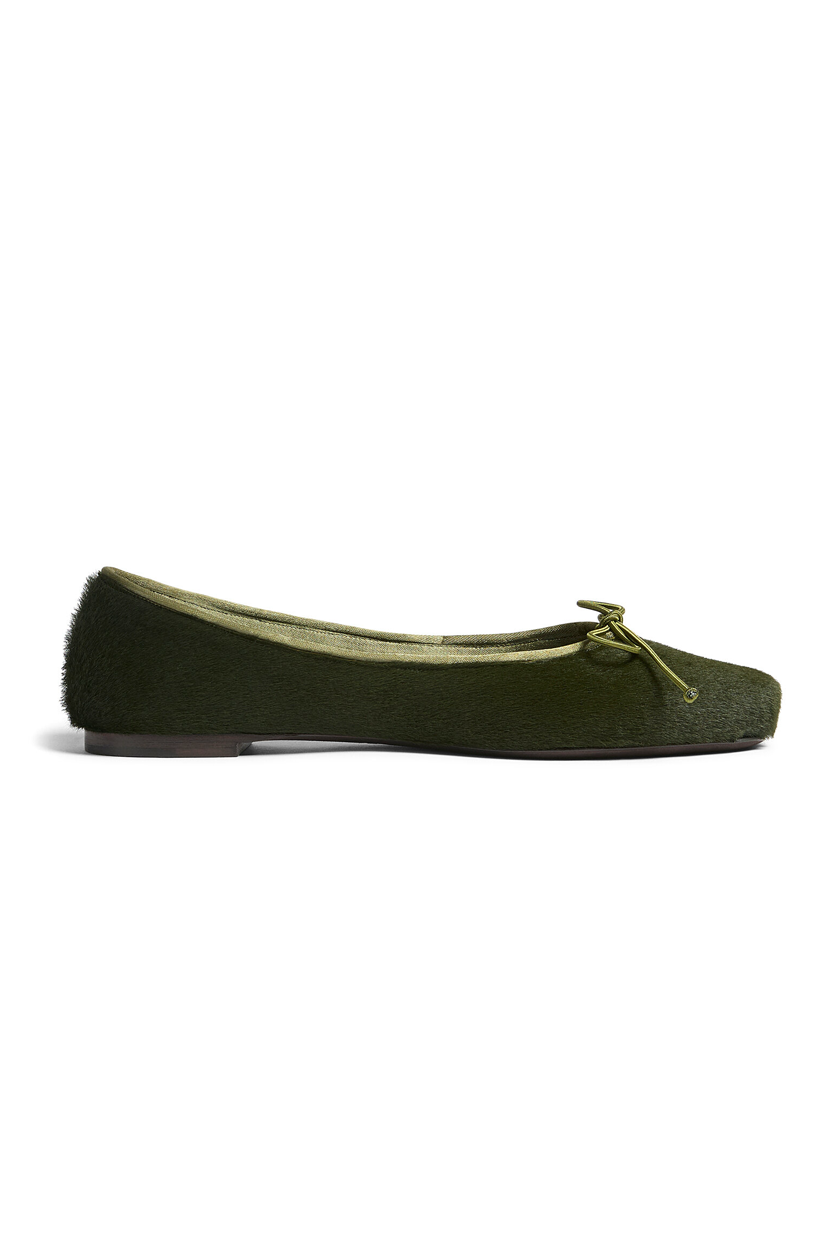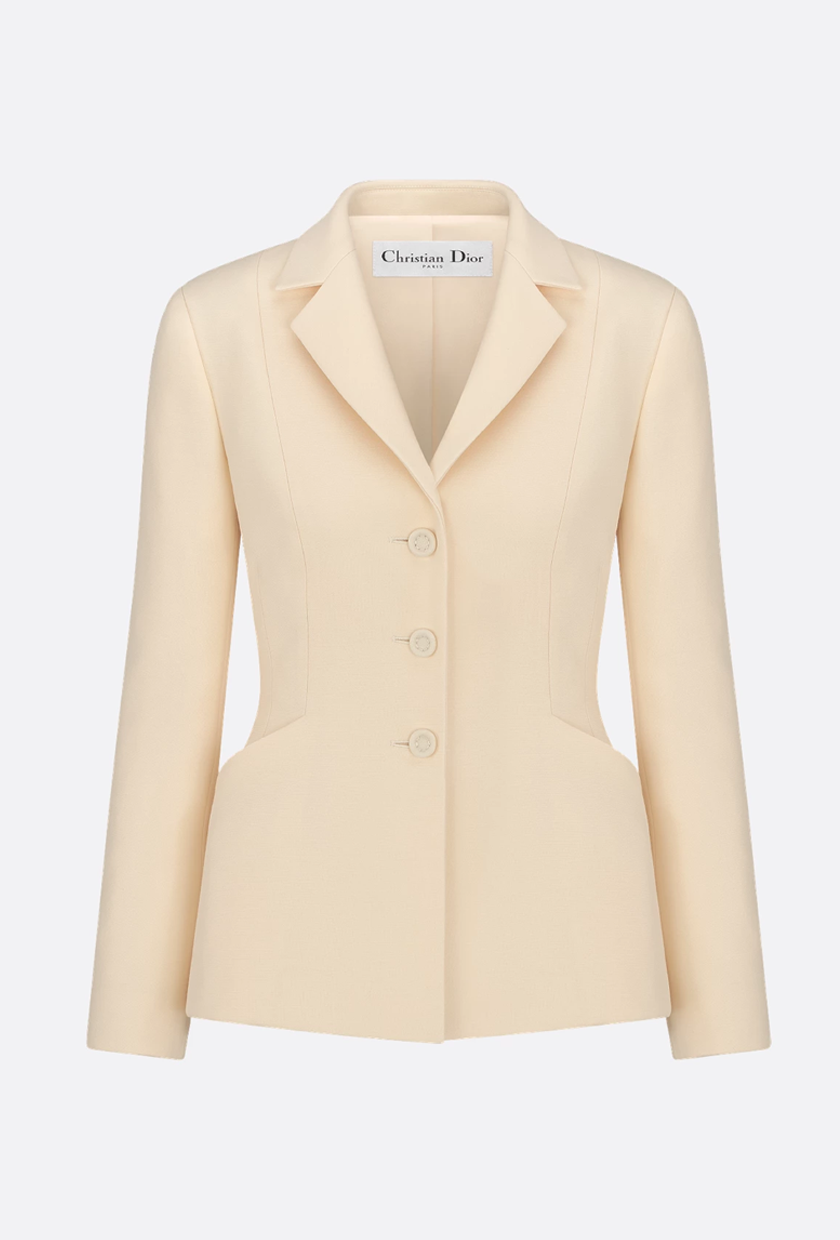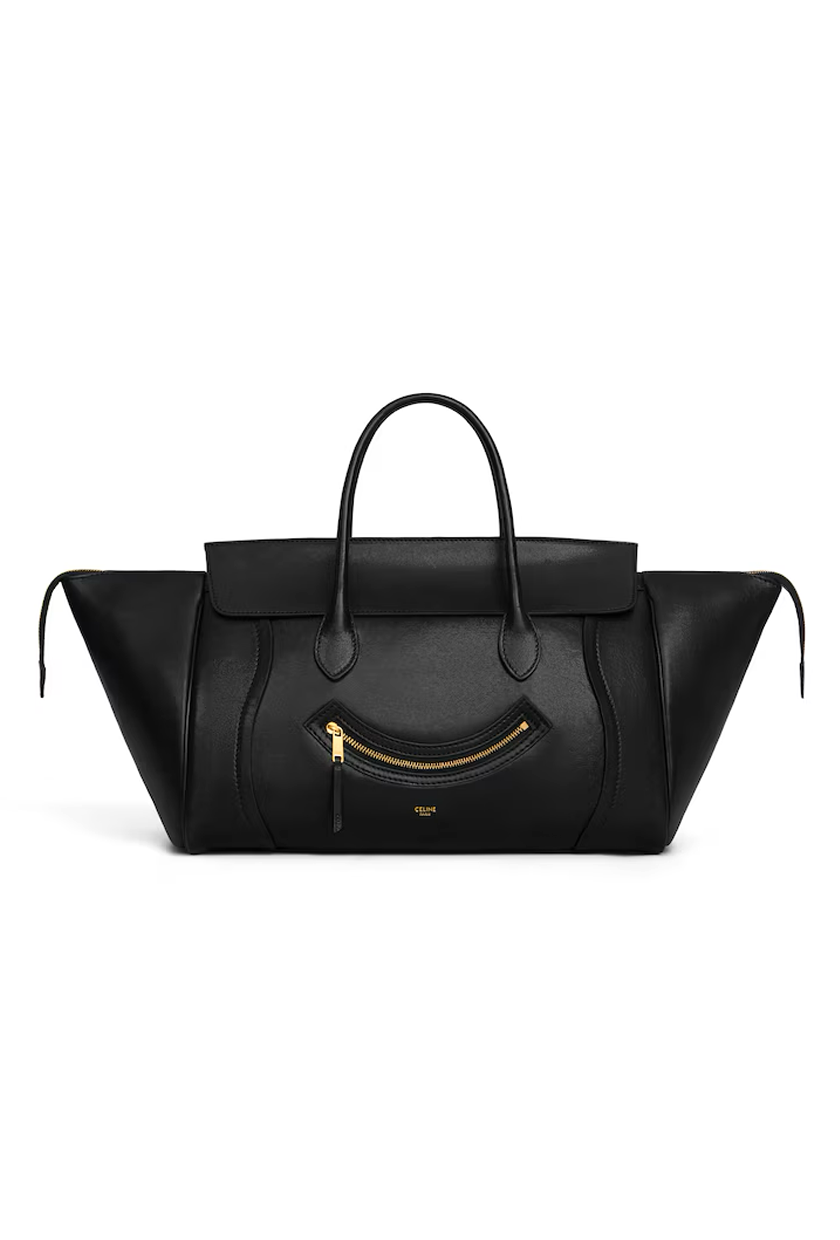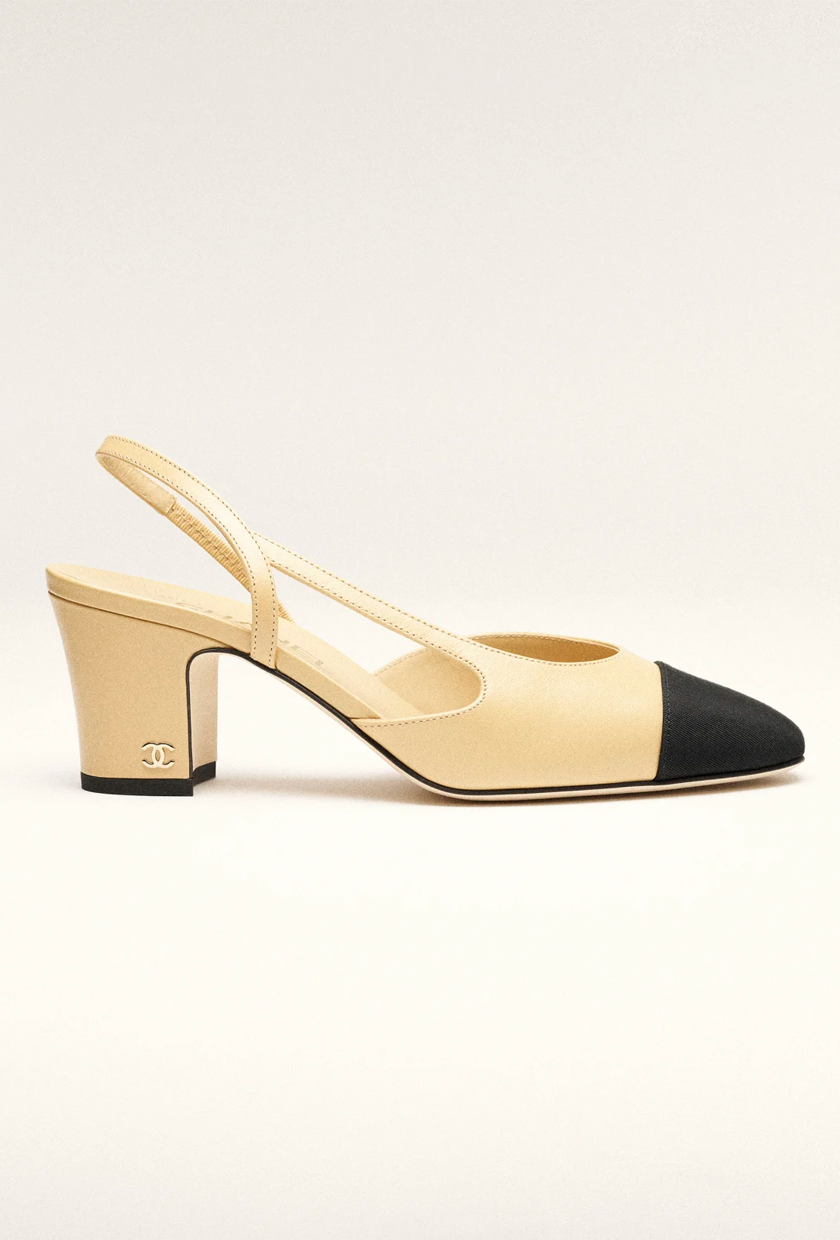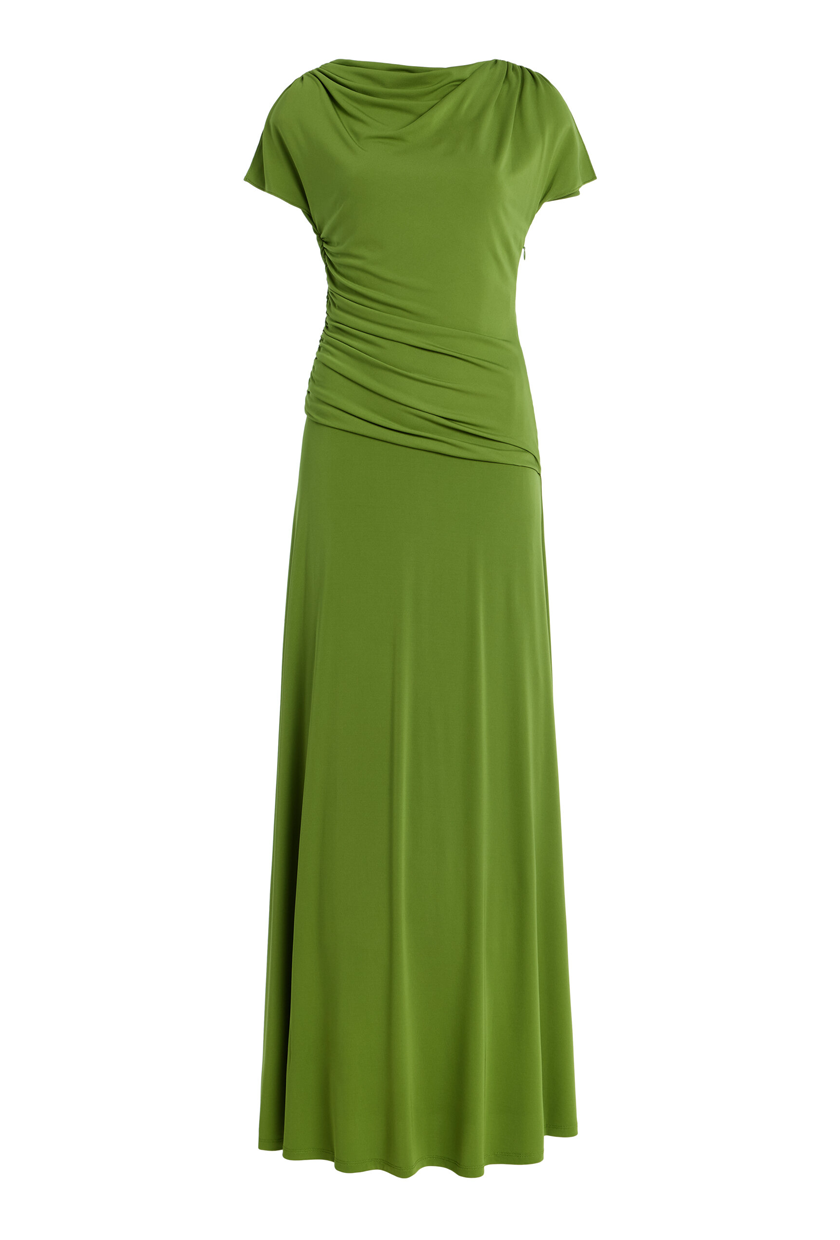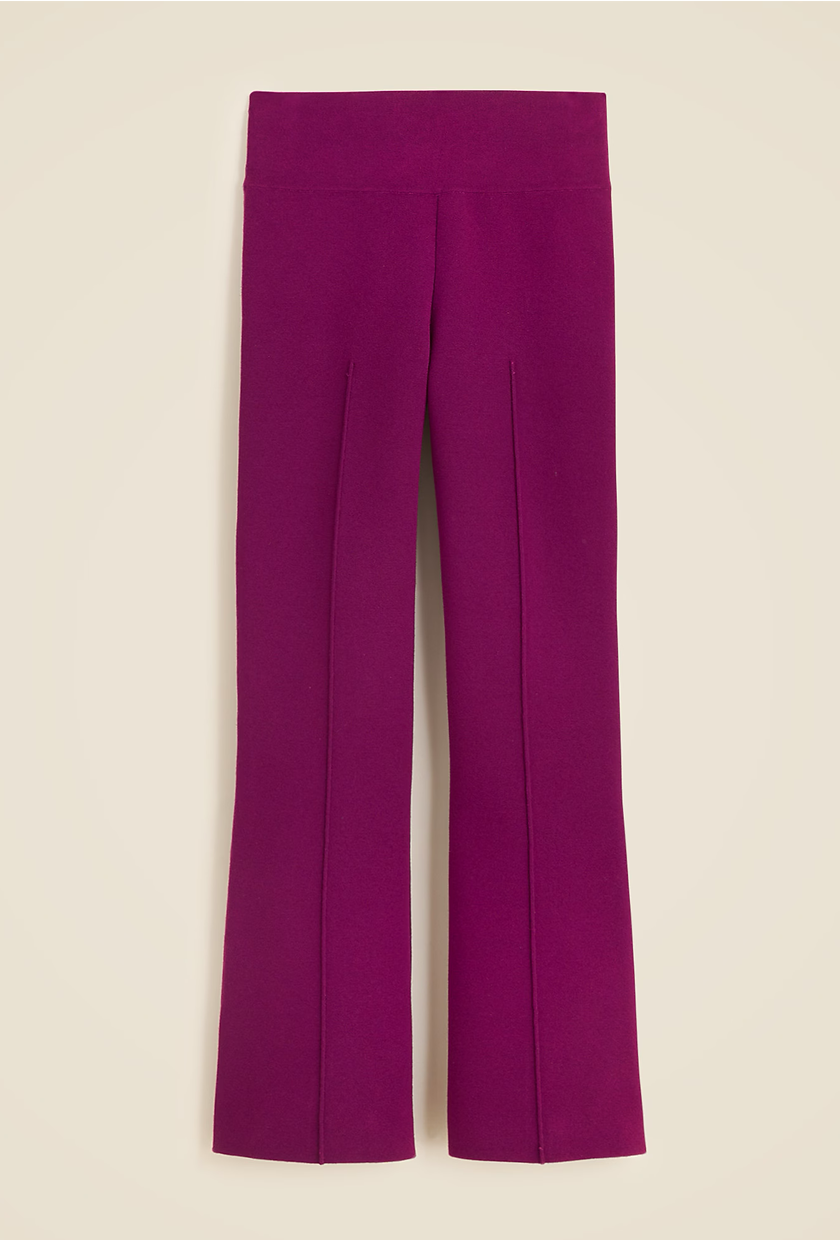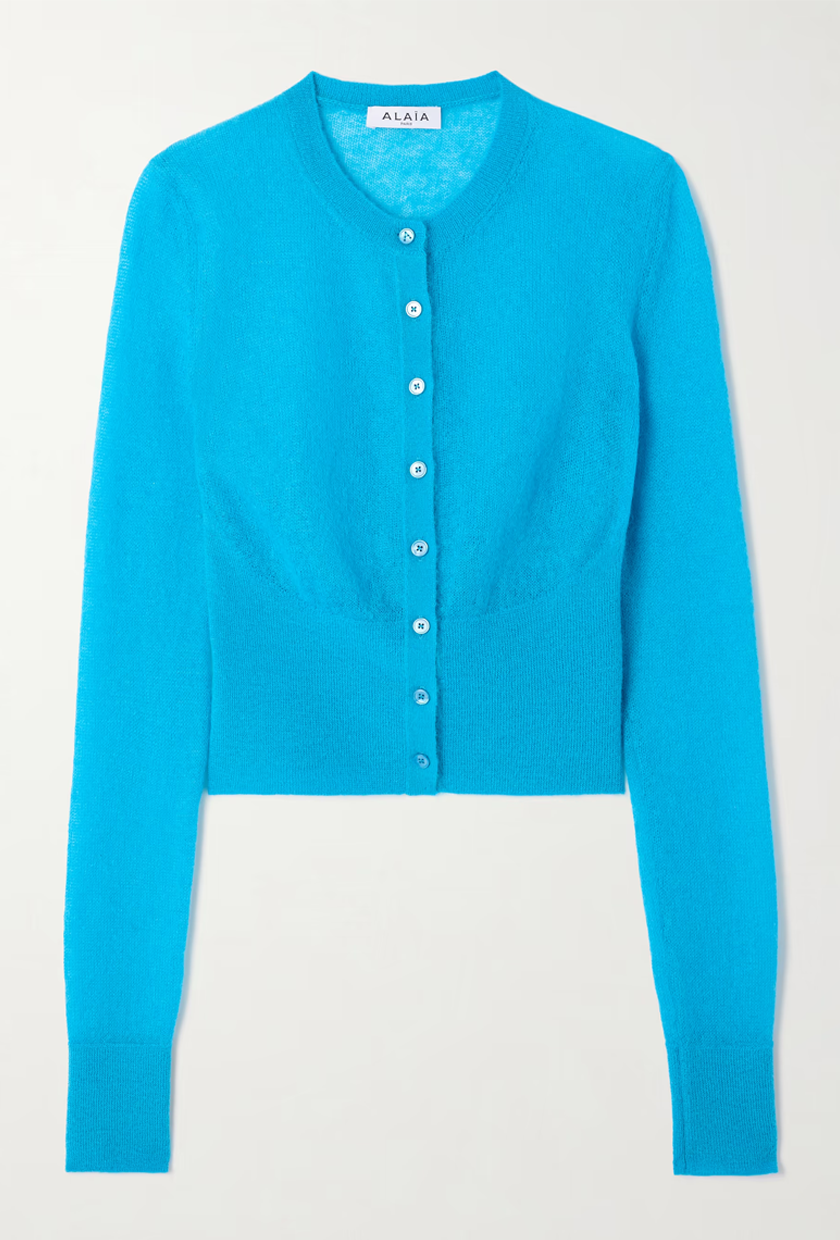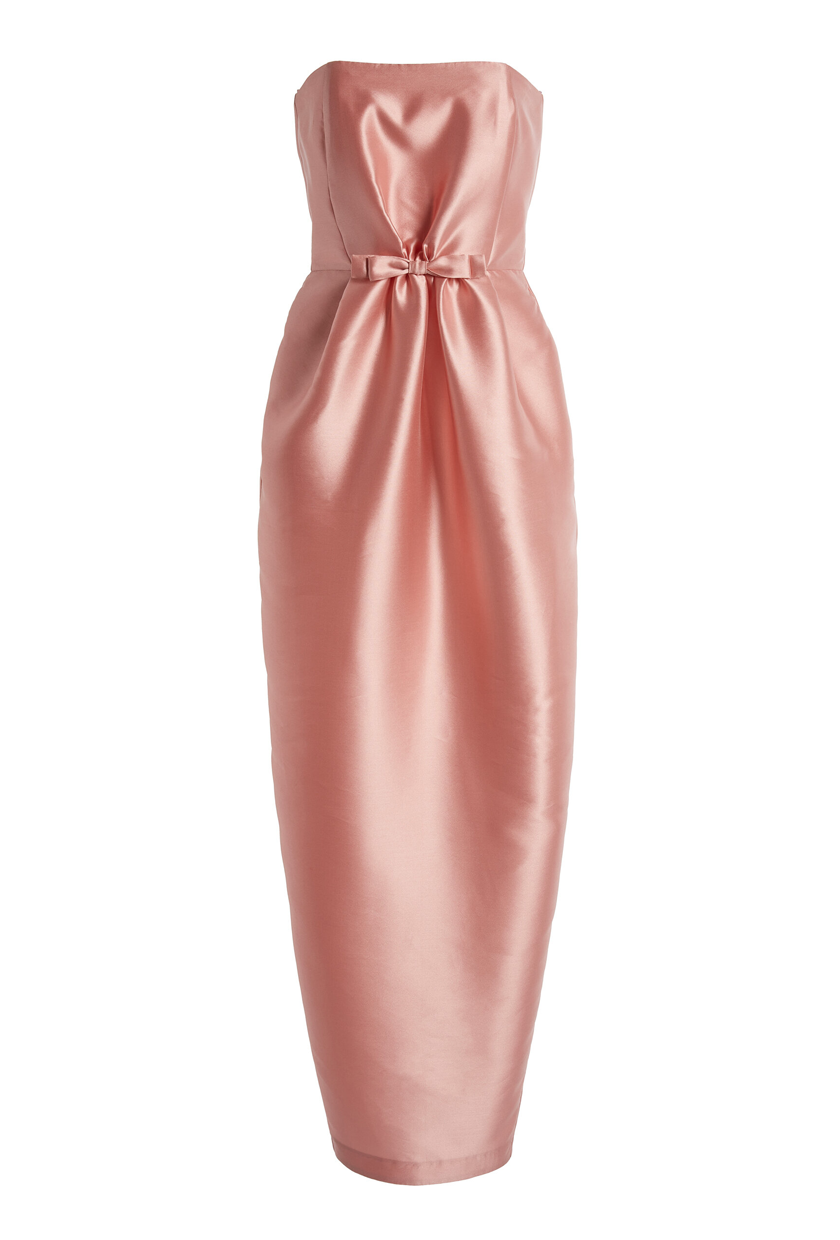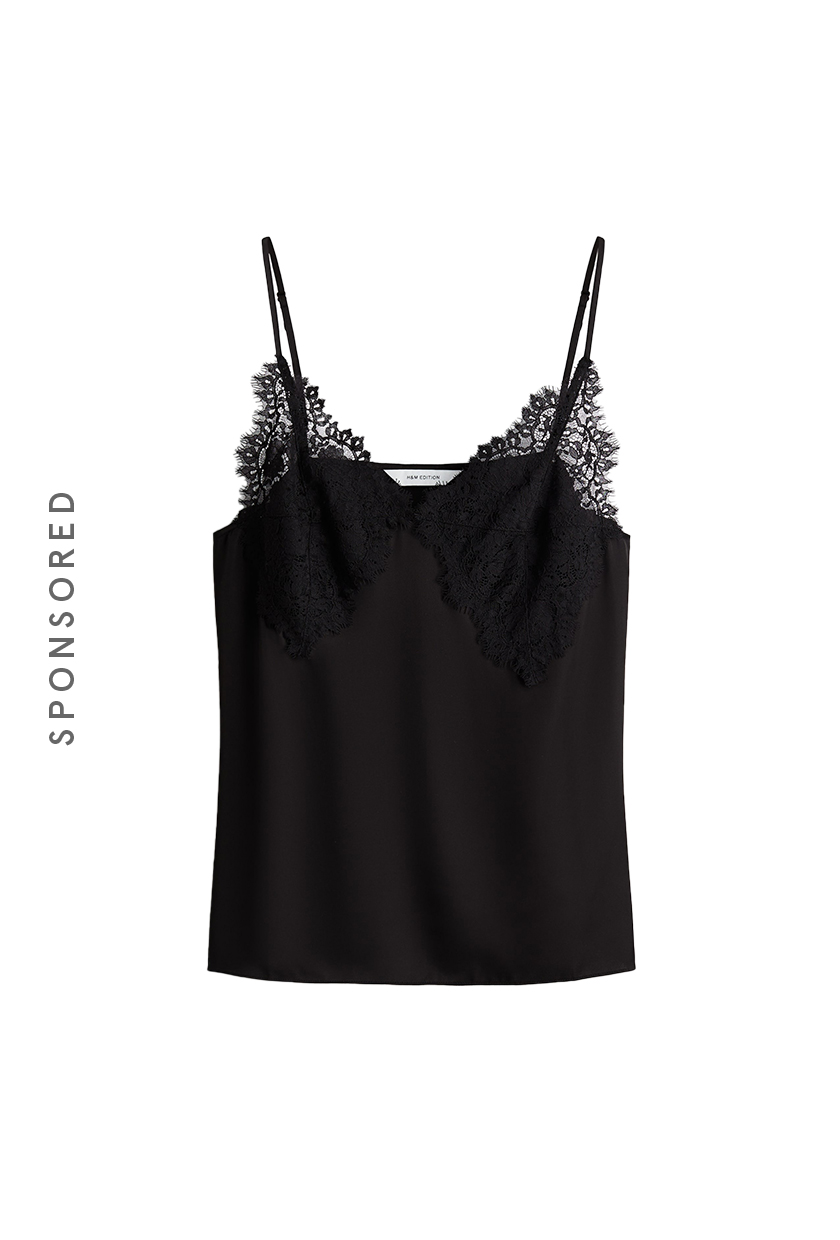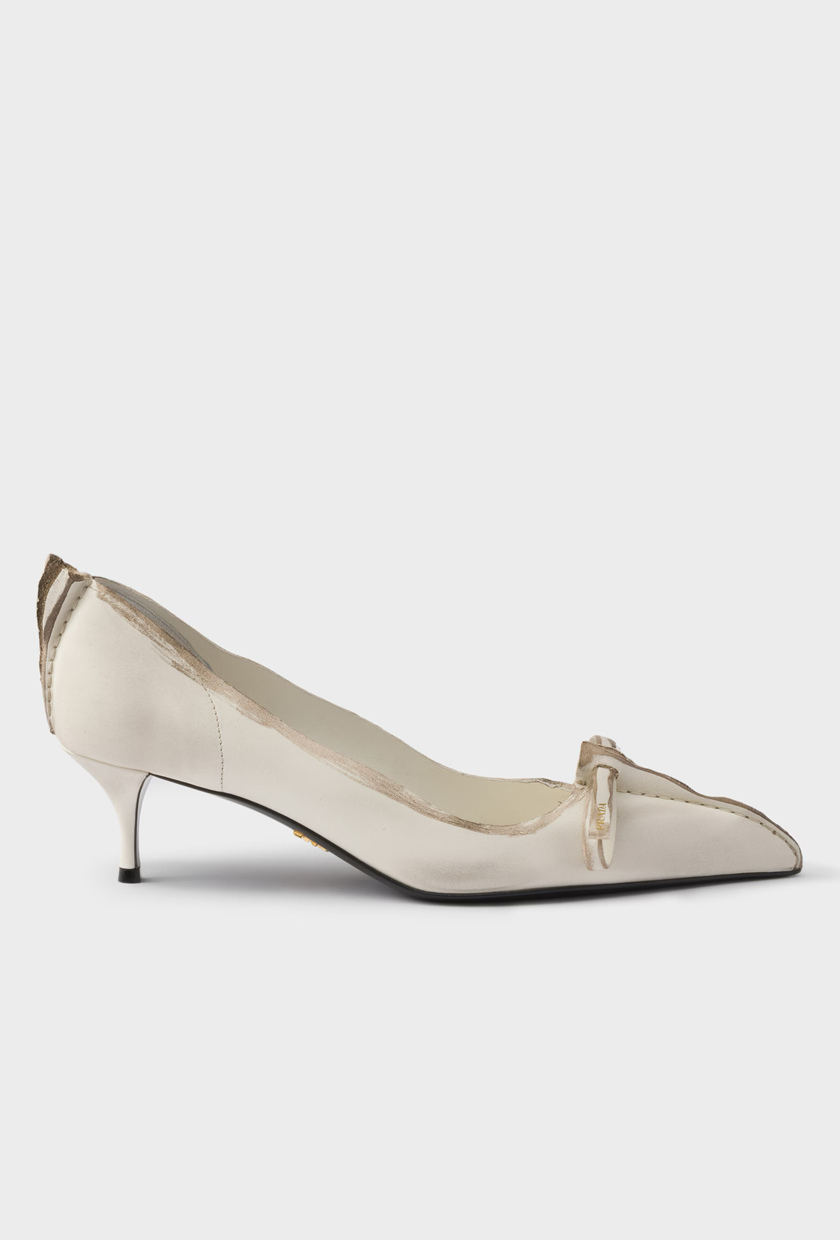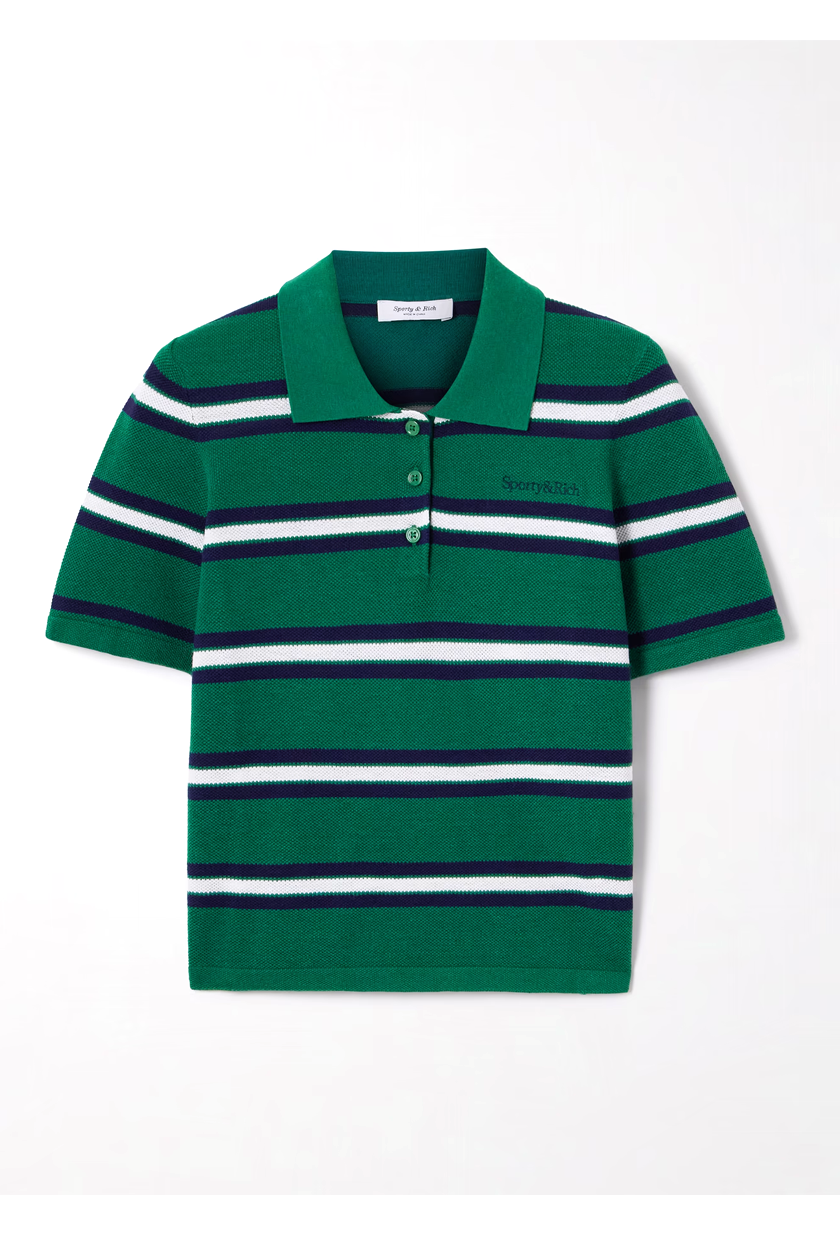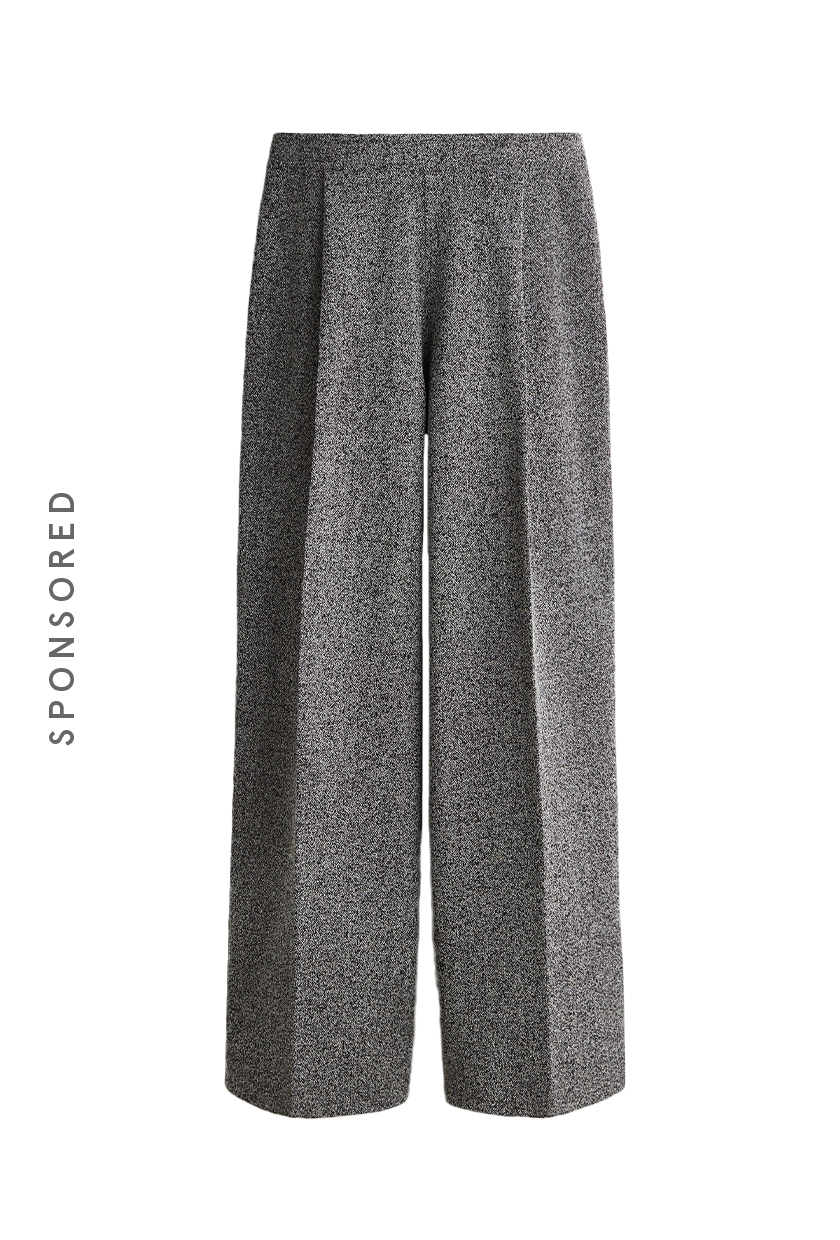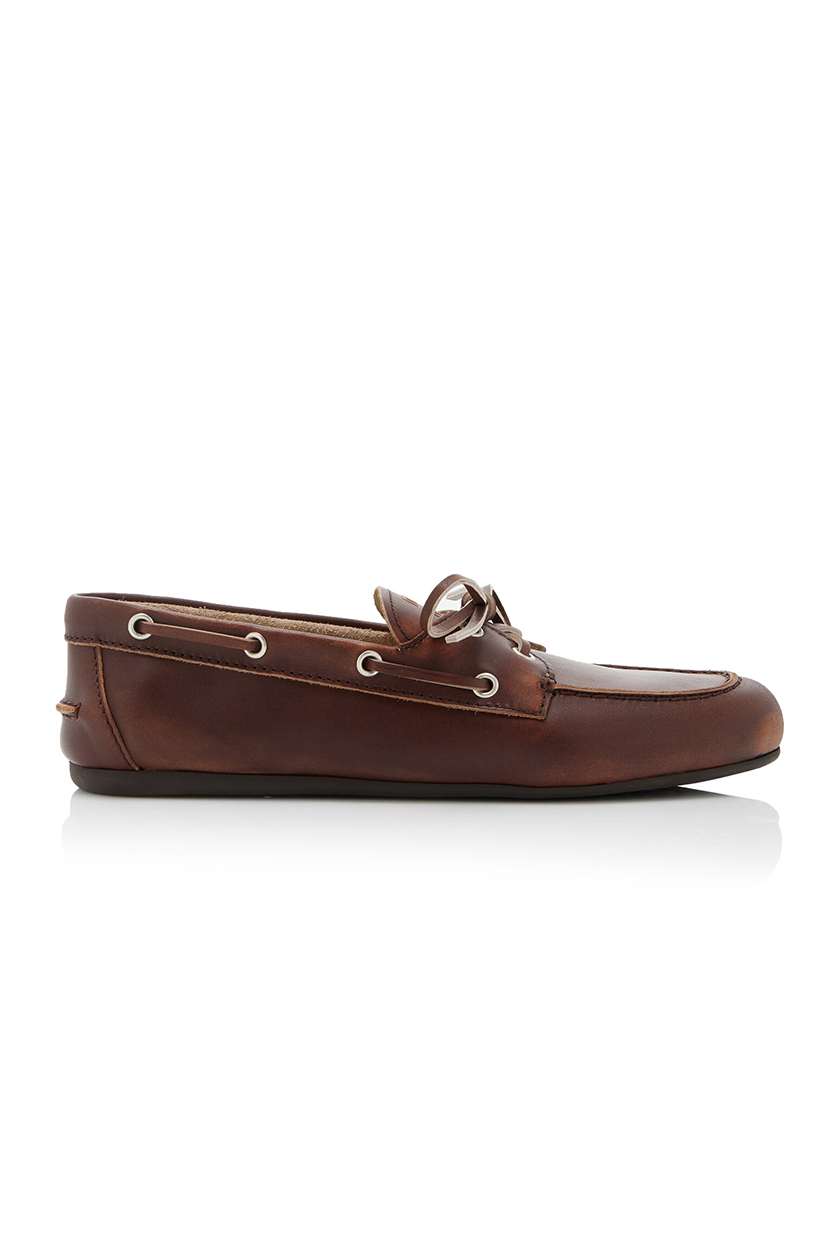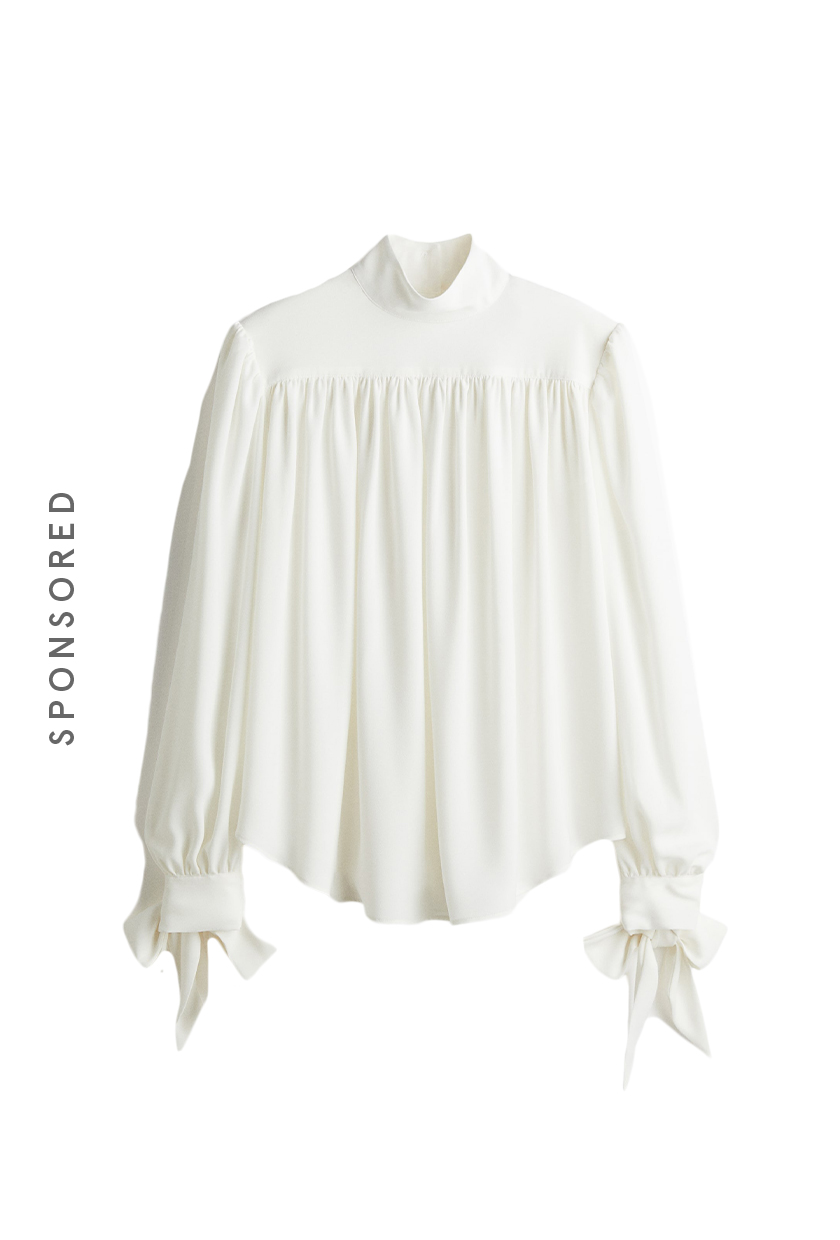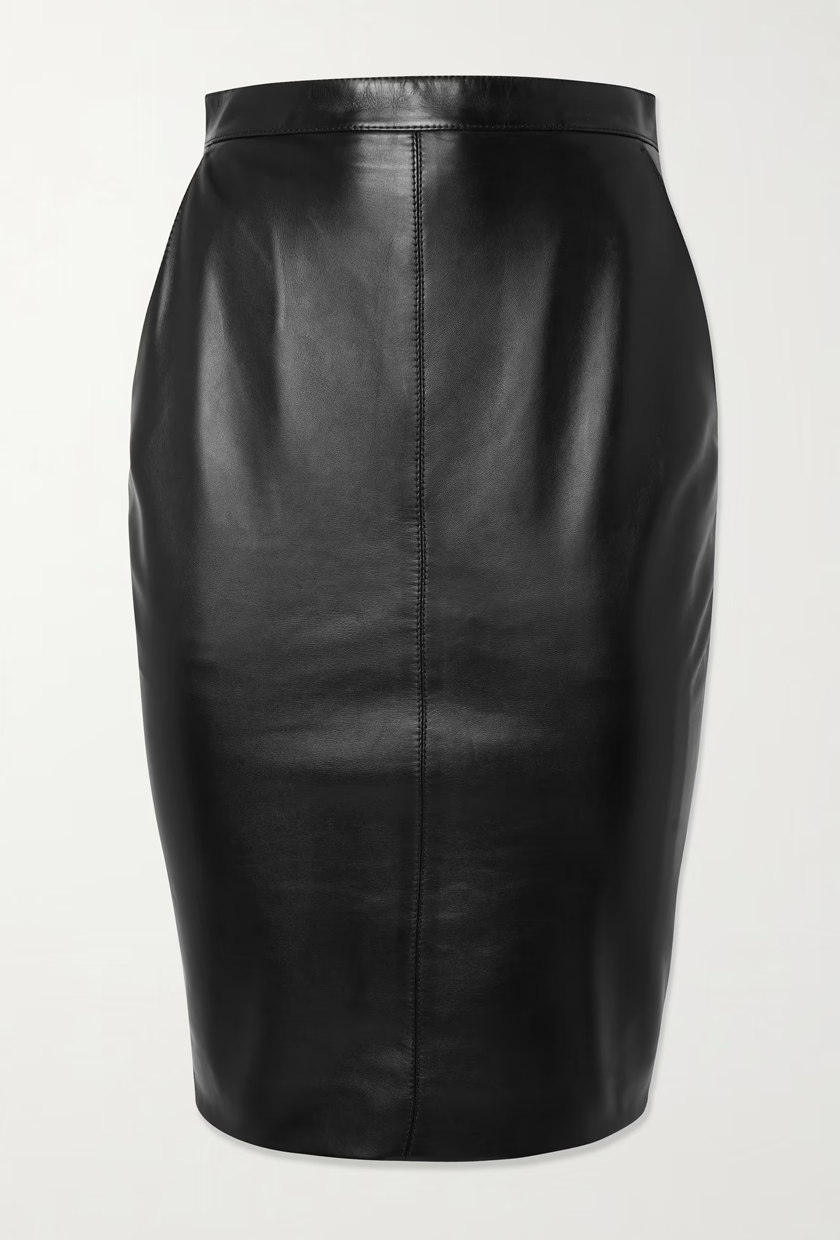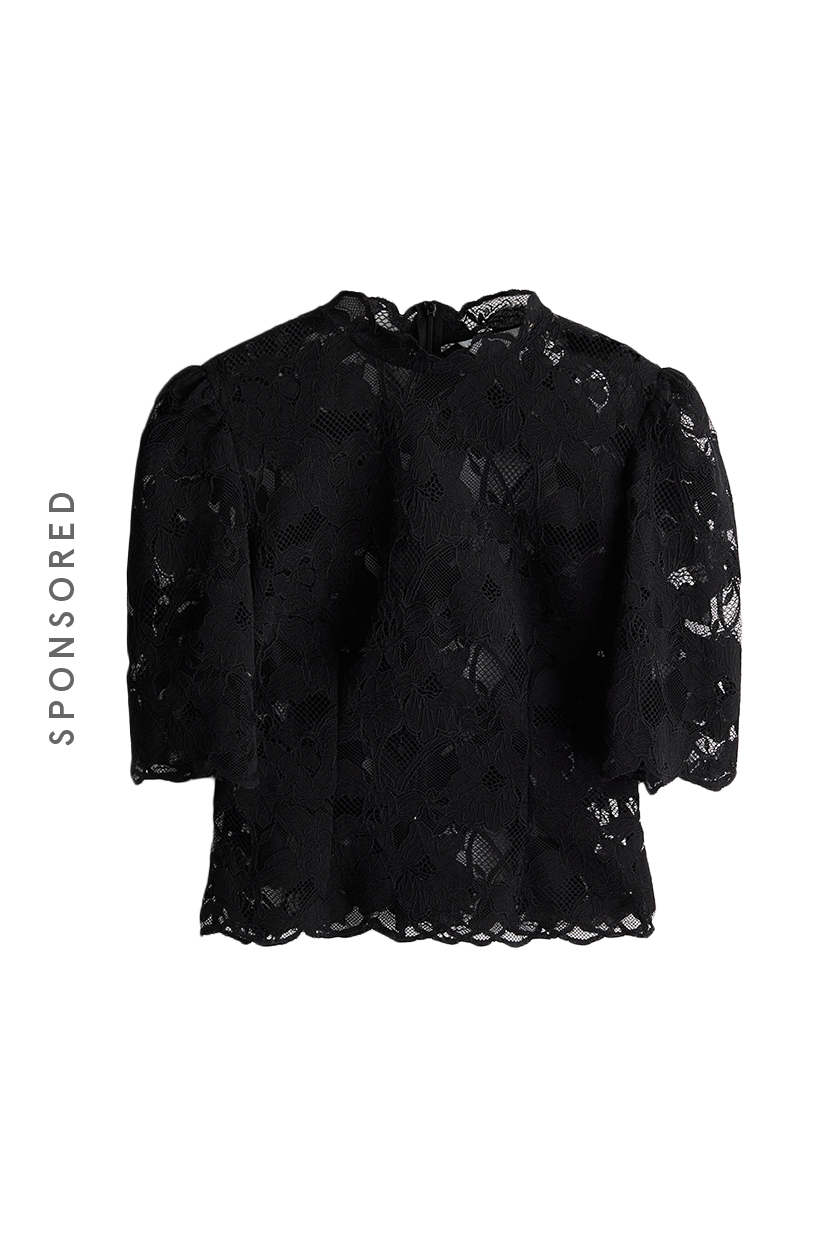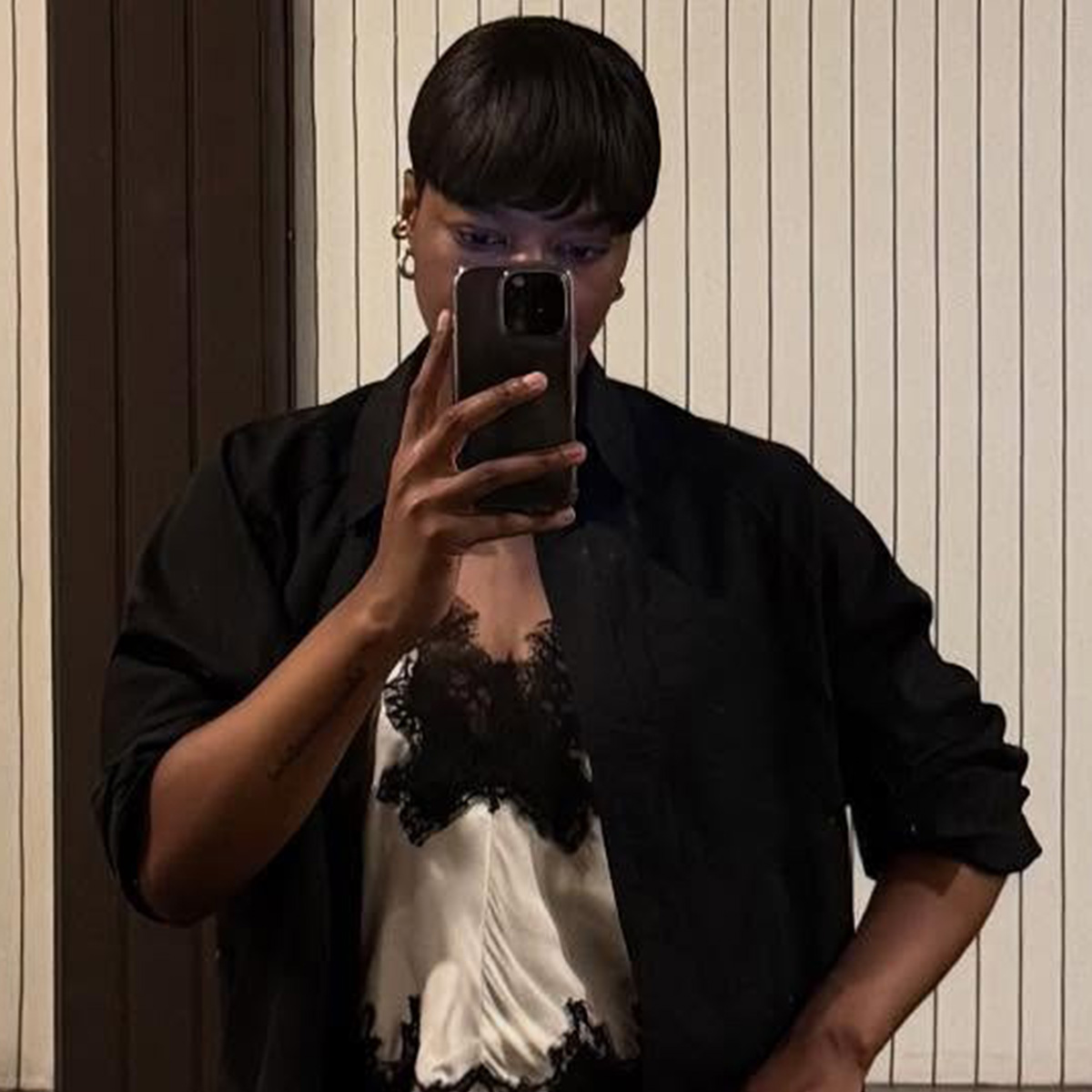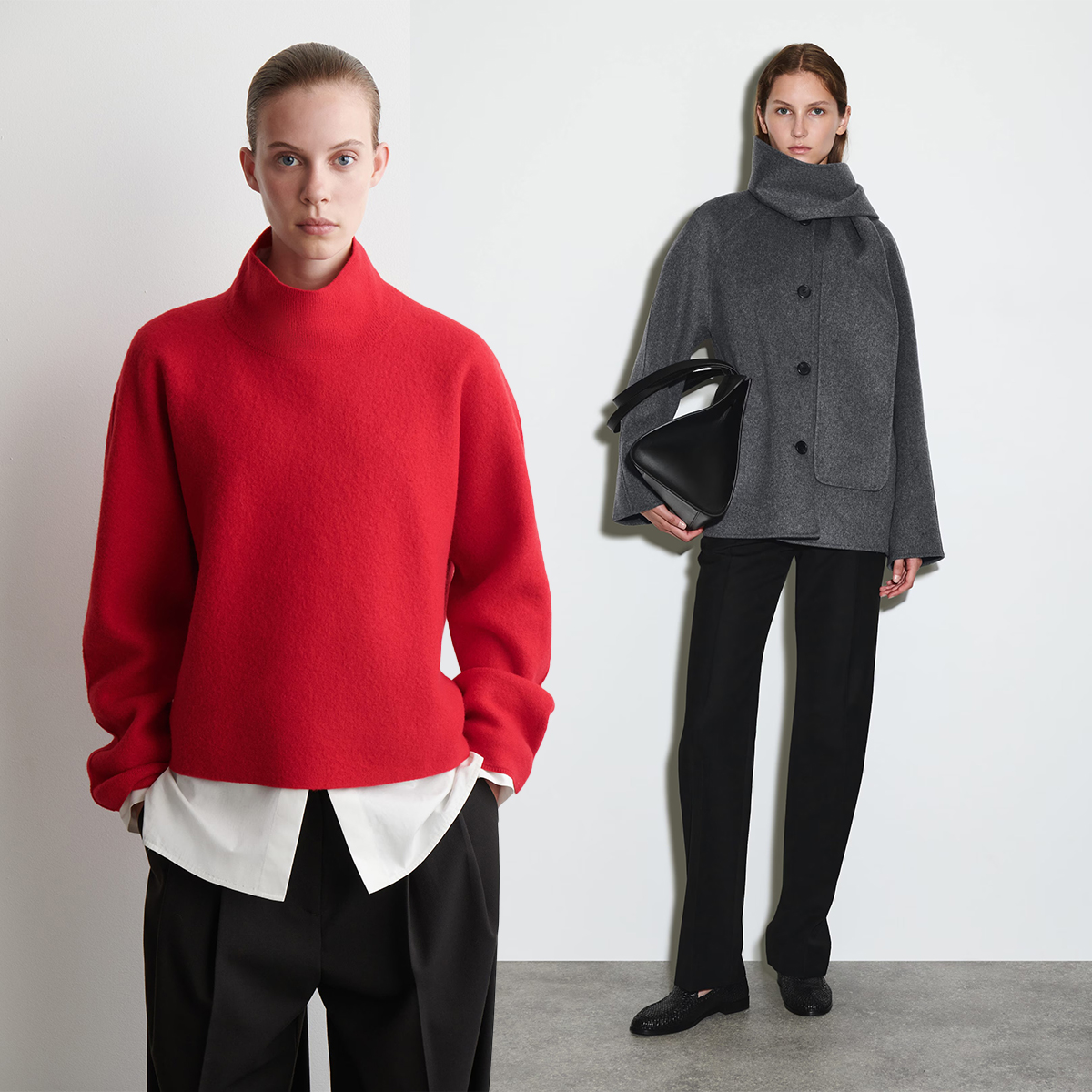The State of Style in 2026: Color, Prep, and the End of Quiet Luxury
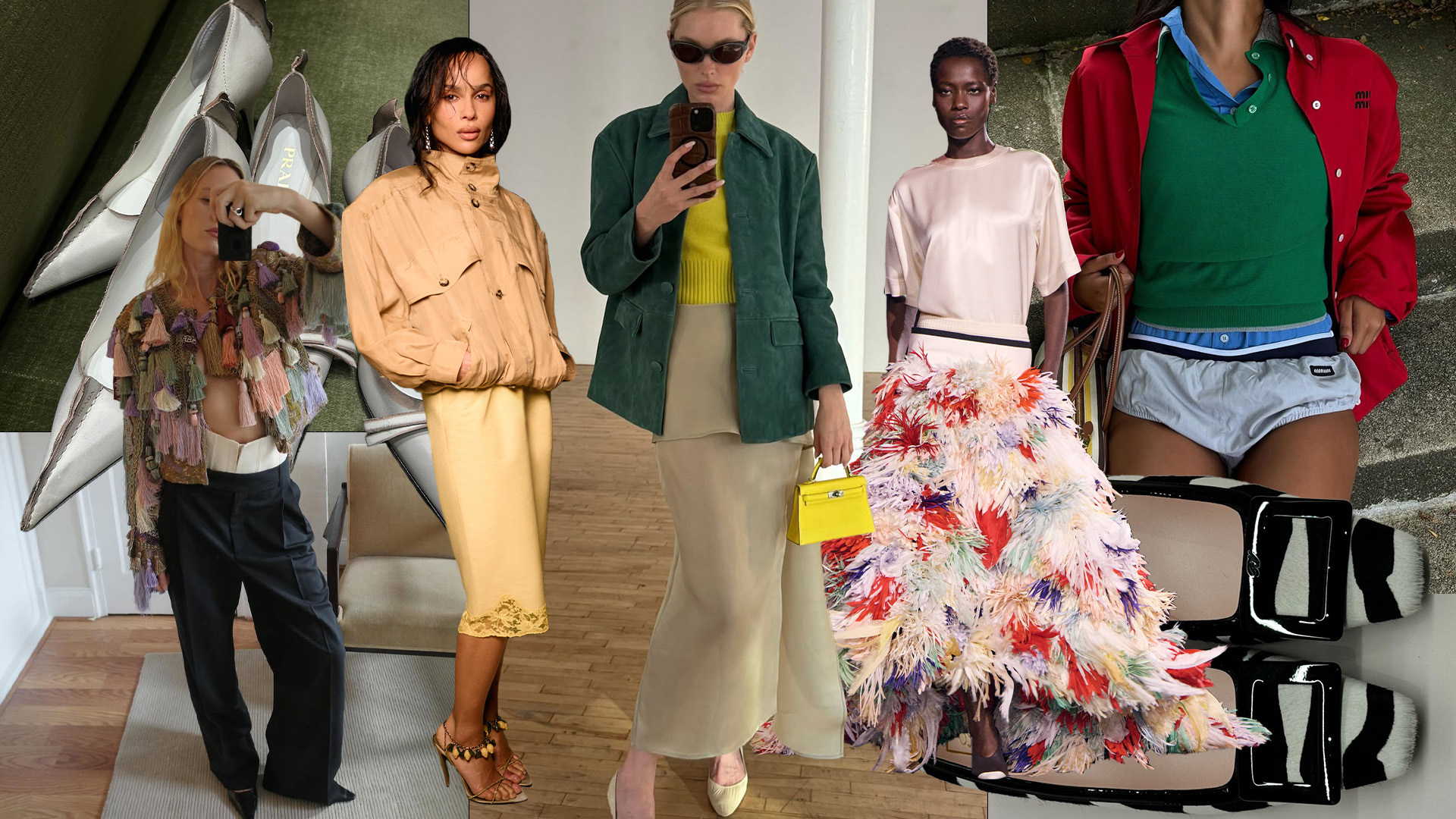
Welcome to The State of Style, an annual report that serves as our version of a State of the Union, in which we zoom out and look at not just what is trending at the present moment but also why certain things have broken through.
What does a lace-trim tank have to do with female empowerment? Could the economy be the driver behind next season's return to maximalism? Does the return of preppy style codes indicate the beginning of a recession? Let's face it: Fashion has never existed in a vacuum. While it's easy to envision a team of designers getting together to cook up what will be cool next, the reality is that there are a multitude of factors that wield their power over the trend cycle, from overt pop culture and social media influences to the more inconspicuous effects of the current political and economic moment. Let's just say that 2025 is giving us a lot to unpack.
Of course, the concept of fashion as a mirror to society is nothing new. For centuries, it has been used as a tool for political dissent, radical self-expression, and a sense of belonging. Whether or not we like to admit it, the clothing we wear says more about who we are and what we value than we could ever begin to express with words, from the waistlines that expose what generation we fall into to the way we aim to dress for certain aesthetics to fit in with those who "get it." It can be a strong indicator of the state of the economy too. The hemline index is a long-held theory that skirt lengths rise and fall according to the strength of the economy, and while it's not a hard-and-fast rule, the stock market continues to be as sensitive to our feelings and emotions as the trend cycle, proving that fashion has never been about just fashion. It's always been a barometer for our collective mood. Here, we're turning our attention to the six high-level shifts that are defining 2025 and 2026 style and how they're a reflection of the world around us.
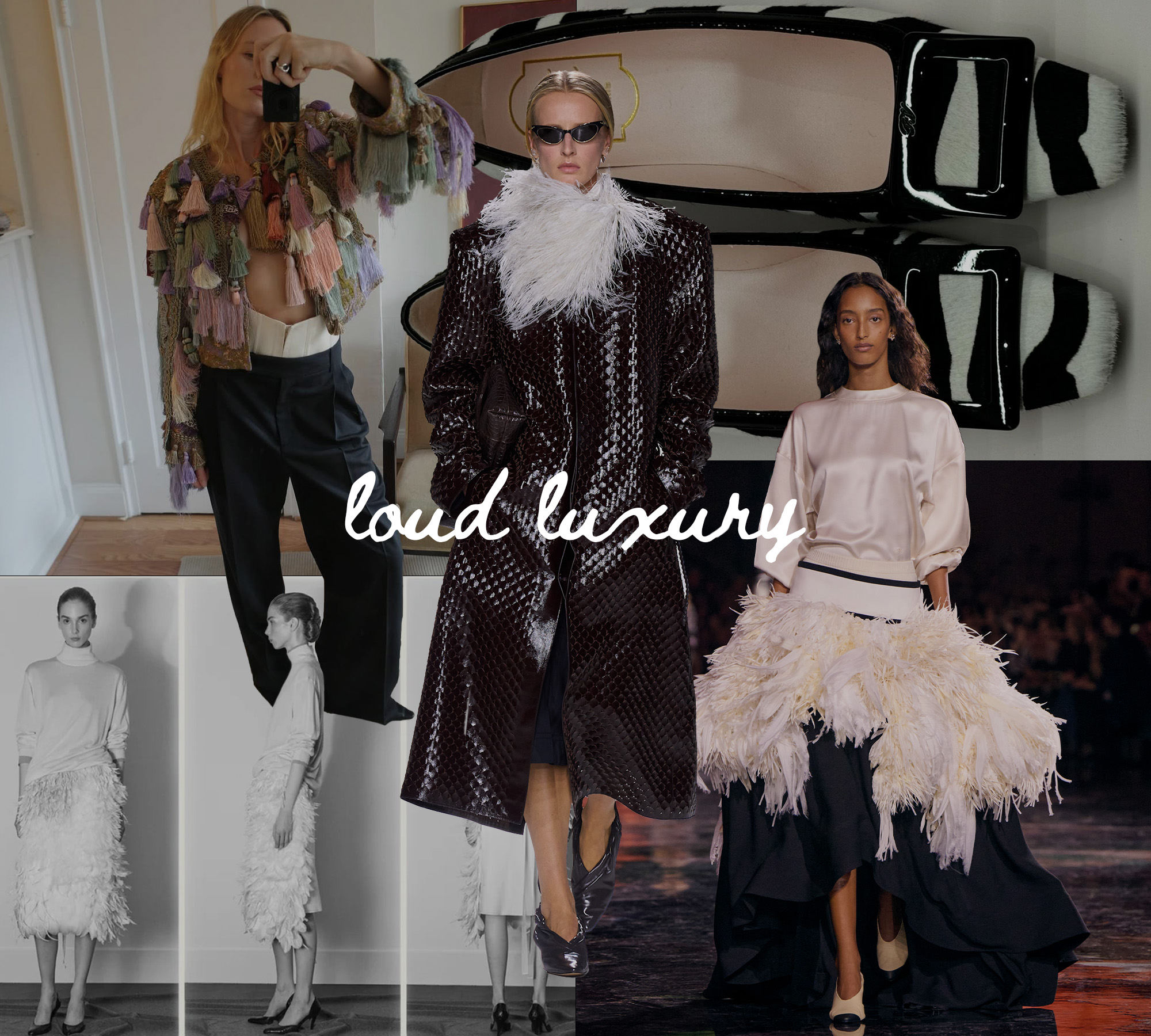
Quiet luxury is out; loud luxury is in. On a macro level, style is moving from an era of staunch minimalism to a new chapter of modern maximalism, and the roots of this aesthetic shift are all over the recent runways. "This season we saw the pendulum swing yet again with luxury turning up the volume," shares Marc Rofsky, ready-to-wear director at Moda Operandi. "One of the most exuberant indicators could be the ubiquity of feathers on the S/S 26 runways this month, appearing in collections from Bottega Veneta, Fforme, Victoria Beckham, and trompe l'oeil versions at Alaïa and Balenciaga. When even the quiet luxury hallmark The Row shows a full feather skirt, you know the tides have changed. The return to maximalism allows consumers to embrace a more personalized style and a return to fashion as a vehicle for expression."
Global fashion shopping platform Lyst echoes this sentiment. According to its wealth of shopping data, the brands that stand out are the ones that combine craftsmanship with personality. "It's a mix of the timeless and the conversation starting. This doesn't mean shoppers aren't adventurous right now—far from it—but they're seeking items that feel purposeful rather than purely impulsive." Endless chatter about recession indicators online is one of the major forces influencing shopping habits in 2025, and global uncertainties mean that shoppers need to be increasingly selective. According to the platform, however, this doesn't mean they're looking for cheaper pieces. Instead, investment quality that carries cultural cachet is in the lead. Bold fringe, luxe pony hair, whimsical tassel accents—the more eye-catching, the better.
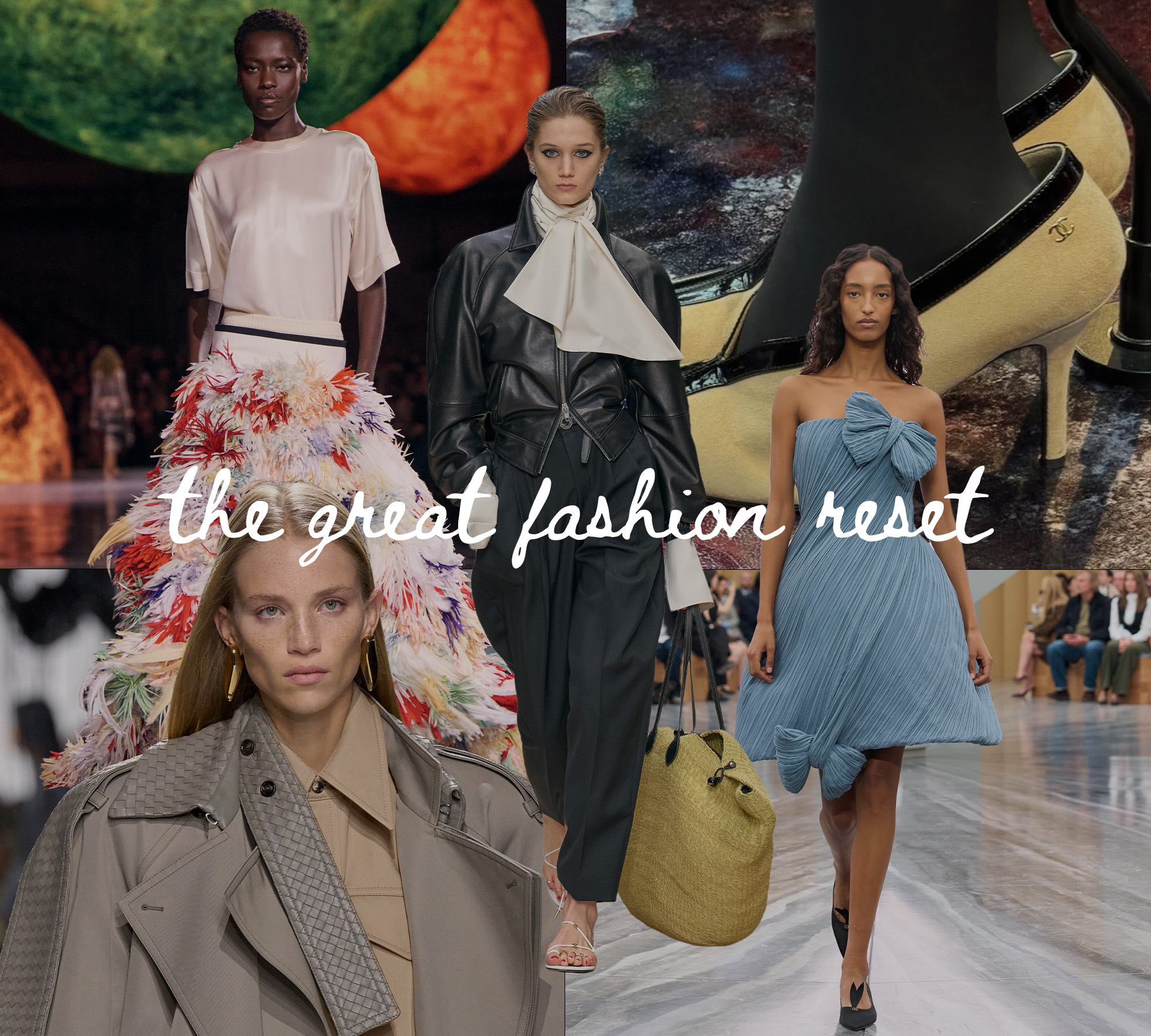
Welcome to fashion's brave new world. This year has seen an unprecedented number of creative-director debuts. The designers seeing early success are the ones who have managed to pay homage to the history and heritage of these houses while bringing a modern-day vision that marks the start of a fresh new chapter. After an era of fashion fatigue, there's finally an abundance of clothes to get excited about again, and Lyst confirms that it's already reshaping how people are approaching shopping. "What's interesting is that instead of dampening overall enthusiasm for fashion, it seems to be making customers more passionate about brands and also more discerning. They reward transparency, quality, and storytelling, which means that the brands who can communicate these clearly are the ones capturing both attention and loyalty."
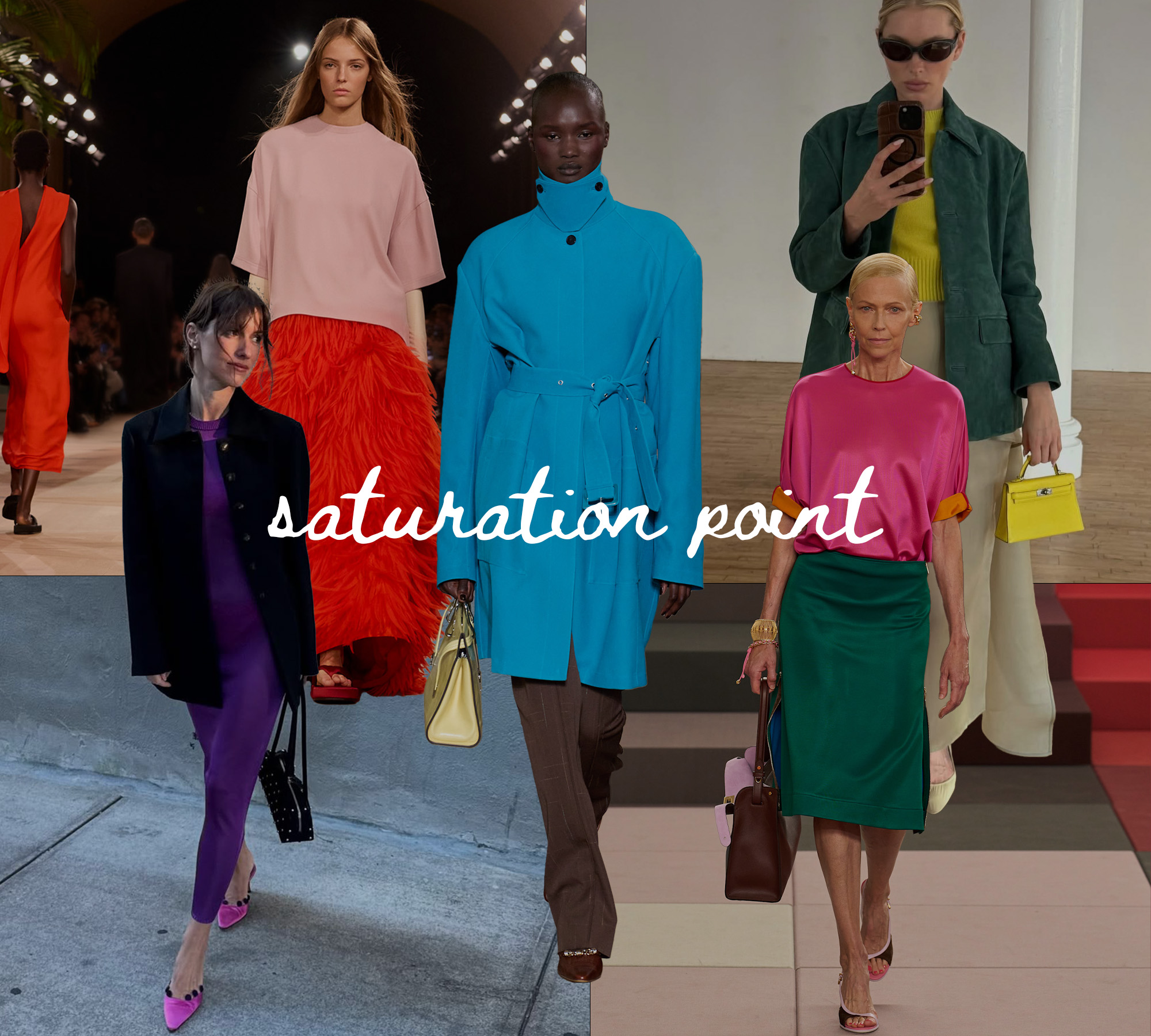
Color, color, and more color! Bright, vivid tones have popped up on the New York and London runways, but in Milan, designers took it to another level with looks that combined shades across from, diagonal to, and adjacent to one another on the color wheel. Think off-kilter pairings such as orange and pink, red and blue, and purple and green. Color-blocking saw an 18% increase in demand from August to September 2025, Lyst notes, and interest in purple, yellow, and green led the way for individual colors.
It's hard not to notice the connection between the rise in vivid color and the state of the global economy. As we know, maximalism tends to arise out of periods of financial distress as fashion reacts to economic hardships with designs intended to ignite our emotions and hit on our dopamine receptors. Just look at the phenomenon in the wake of the 2008 financial crisis, where maximalist fashion became popular as designers celebrated wealth via bright colors and patterns. The same can be said about the rise of dopamine dressing just a few years ago during the pandemic. This latest explosion of color comes at a time when we need to be reminded more than ever that it's really not that deep and fashion can, and should, be fun.
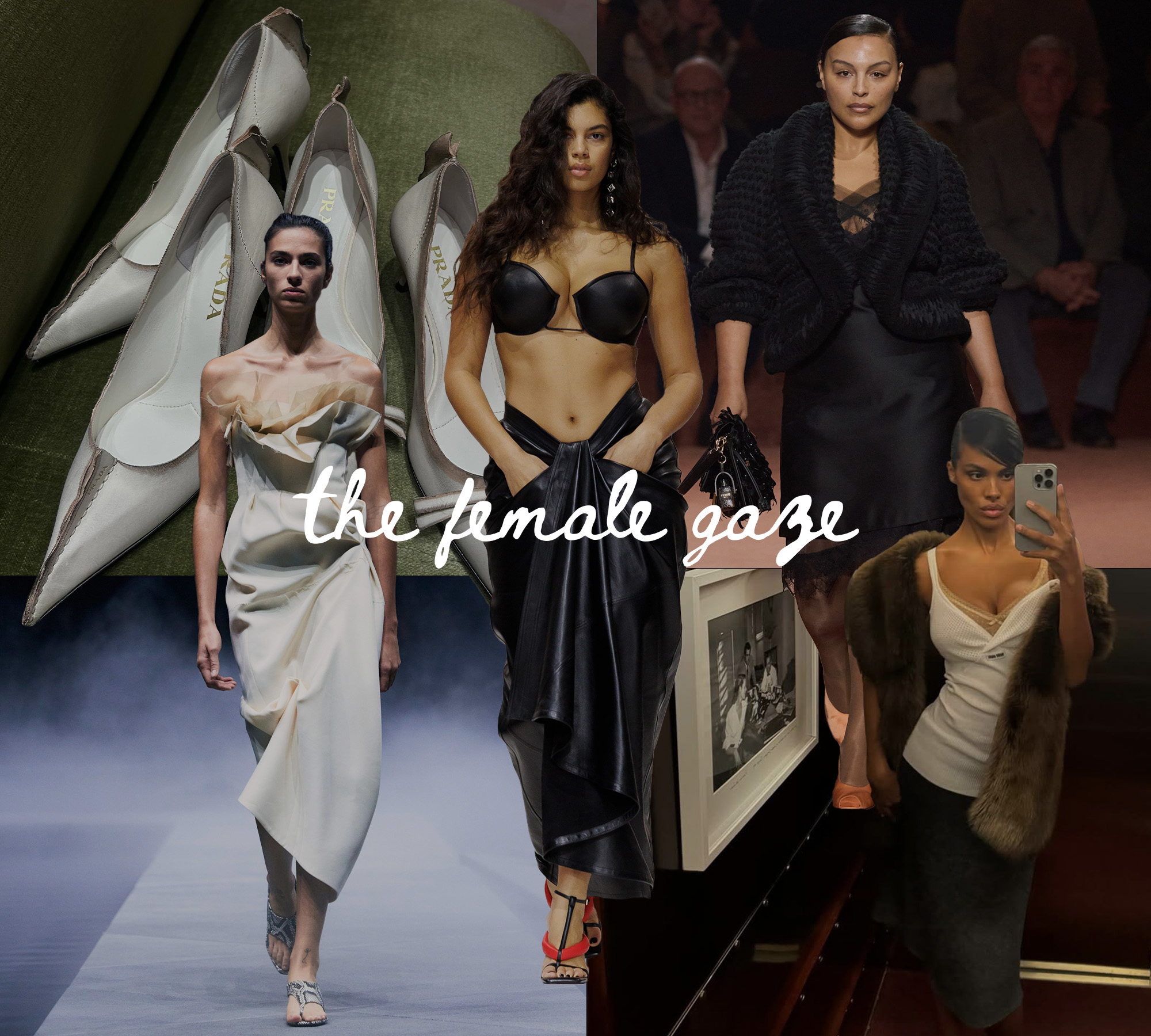
There may not be a majority of women designers in the top roles across the industry, but there's never been a bigger emphasis on their work and impact than there is now. Louise Trotter. Sarah Burton. Of course, Miuccia Prada. Now more than ever, designers are showing the strength and power in traditionally feminine codes. Burton titled her sophomore collection for Givenchy Powerful Femininity. At Miu Miu, cone bras commanded the F/W 25 collection, and at Fendi, nonna-coded fur coats and lace-trimmed slips were heralded as the epitome of Milanese elegance. Designers are flipping the script on what defines power dressing, taking it from something that used to exclusively refer to traditionally masculine attire like sharp suiting, trousers, and ties and imbuing power in what is innately feminine.
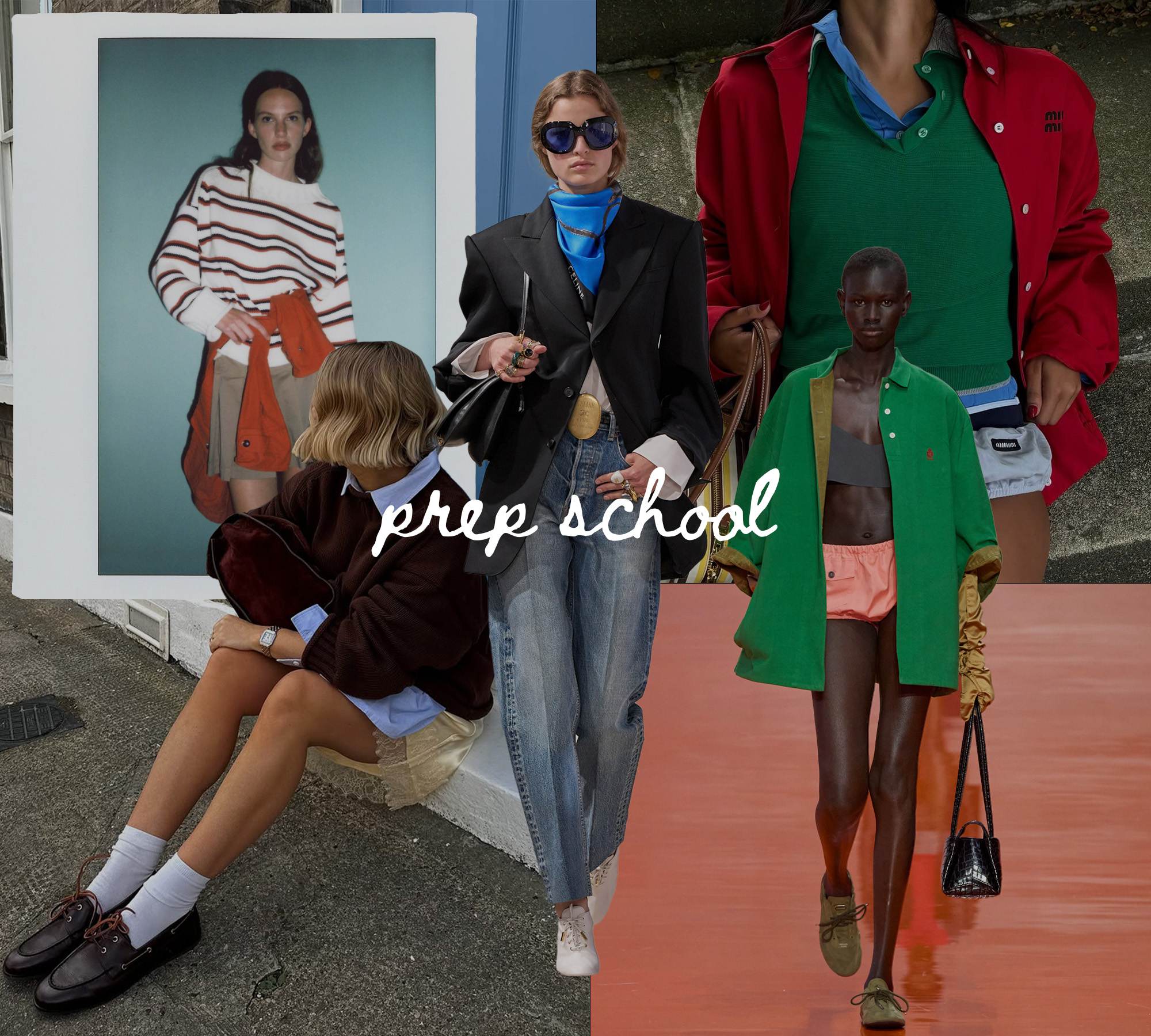
Preppy aesthetics are to be expected from heritage American labels, but the European houses are putting their lens on modern prep, and it's one trend we're already expecting to come in spring 2026. Prada tapped in through sporty jackets, Boss highlighted crisp tailoring, and Missoni took a layered approach with sweaters and sweatshirts that could almost be collegiate. Lyst has confirmed the massive spike: Since the start of 2025, searches for the preppy aesthetic have surged by more than 200%.
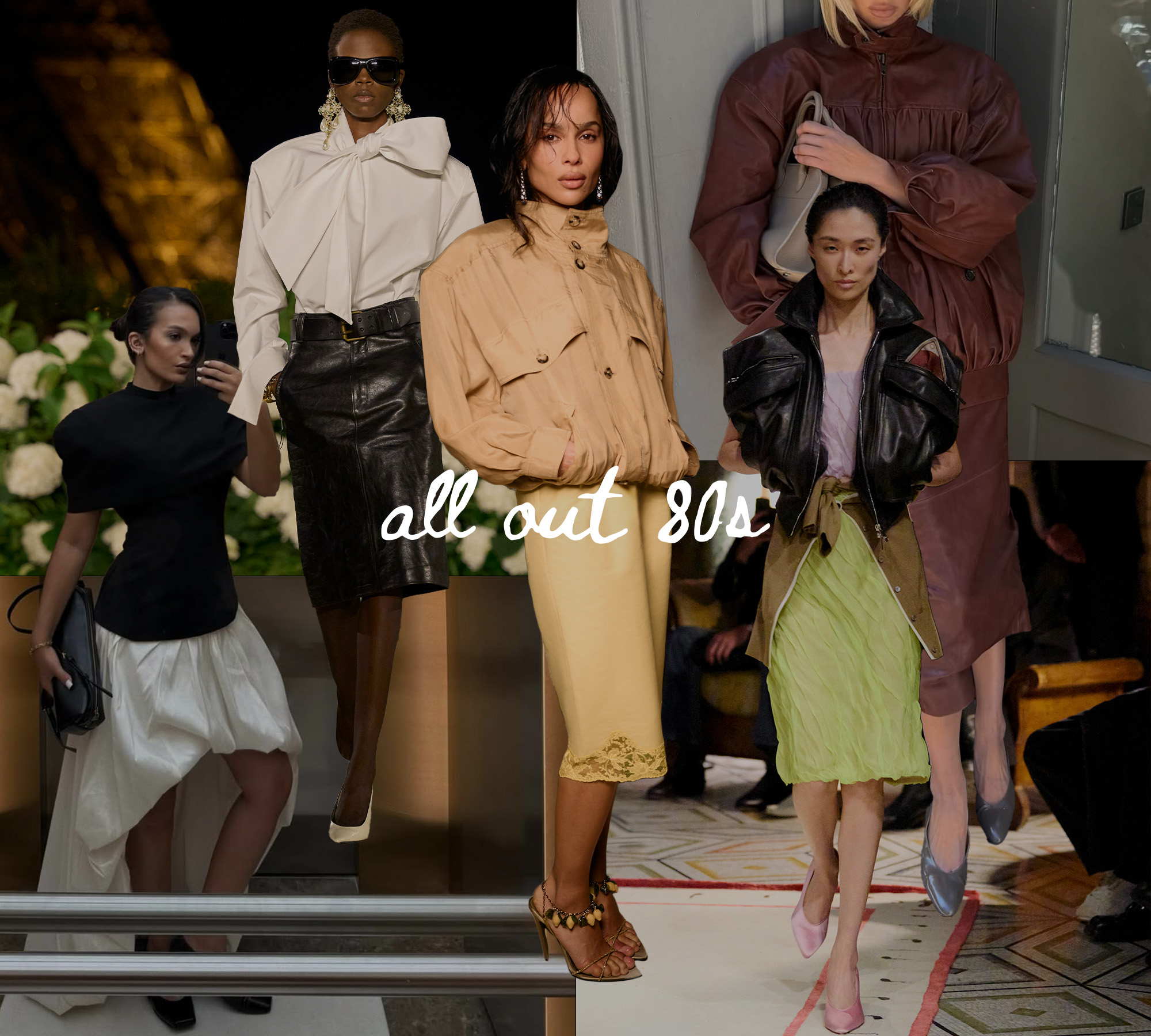
Eighties influences are hard to escape these days. At Versace this season, Dario Vitale brought his signature Miami sex appeal and a heavy '80s bend to his post at the Italian house. Saint Laurent likewise doubled down on core codes with pussybow blouses and signature sleek leather pencil skirts. Chloé took a more whimsical approach with acid-toned florals and legging looks. "Confident, bold looks referencing the stylistically divisive stylistic decade of the '80s made a return on the runways this season," says Rofsky, predicting a return to the origin of power dressing. While next-season style points to an '80s renaissance, the shopping data confirms it's resonating. Search terms that are seeing a spike in interest, according to Lyst, include pussybow (33%), cigarette trousers (33%), and padded shoulder (22%).
For Rofsky, "the key to modernizing the look is to focus on one '80s element and avoid costume tropes. Choose your fighter: strong shoulders at Saint Laurent and Magda Butrym, the ubiquity of lace and lingerie at Carolina Herrera and Zimmermann (in vivid colors for extra points), and even (gasp!) a return to skinny-legged jeans and pants at Chloé and Celine ushered in the '80s revival."
Anna is an NYC-based senior fashion editor who has been a member of the Who What Wear team for over seven years, having begun her career in L.A. at brands like Michael Kors and A.L.C. As an editor, she has earned a reputation for her coverage of breaking trends, emerging brands, luxury shopping curations, fashion features, and more. Anna has penned a number Who What Wear cover interviews, including Megan Fox, Julia Garner, and Lilly Collins. She also leads the site’s emerging travel vertical that highlights all things travel and lifestyle through a fashion-person lens.
-
 21 Fashion Items That'll Look Especially Cool If You Wear Your Hair in Braids Like I Do
21 Fashion Items That'll Look Especially Cool If You Wear Your Hair in Braids Like I DoFor those who are always changing their hair.
-
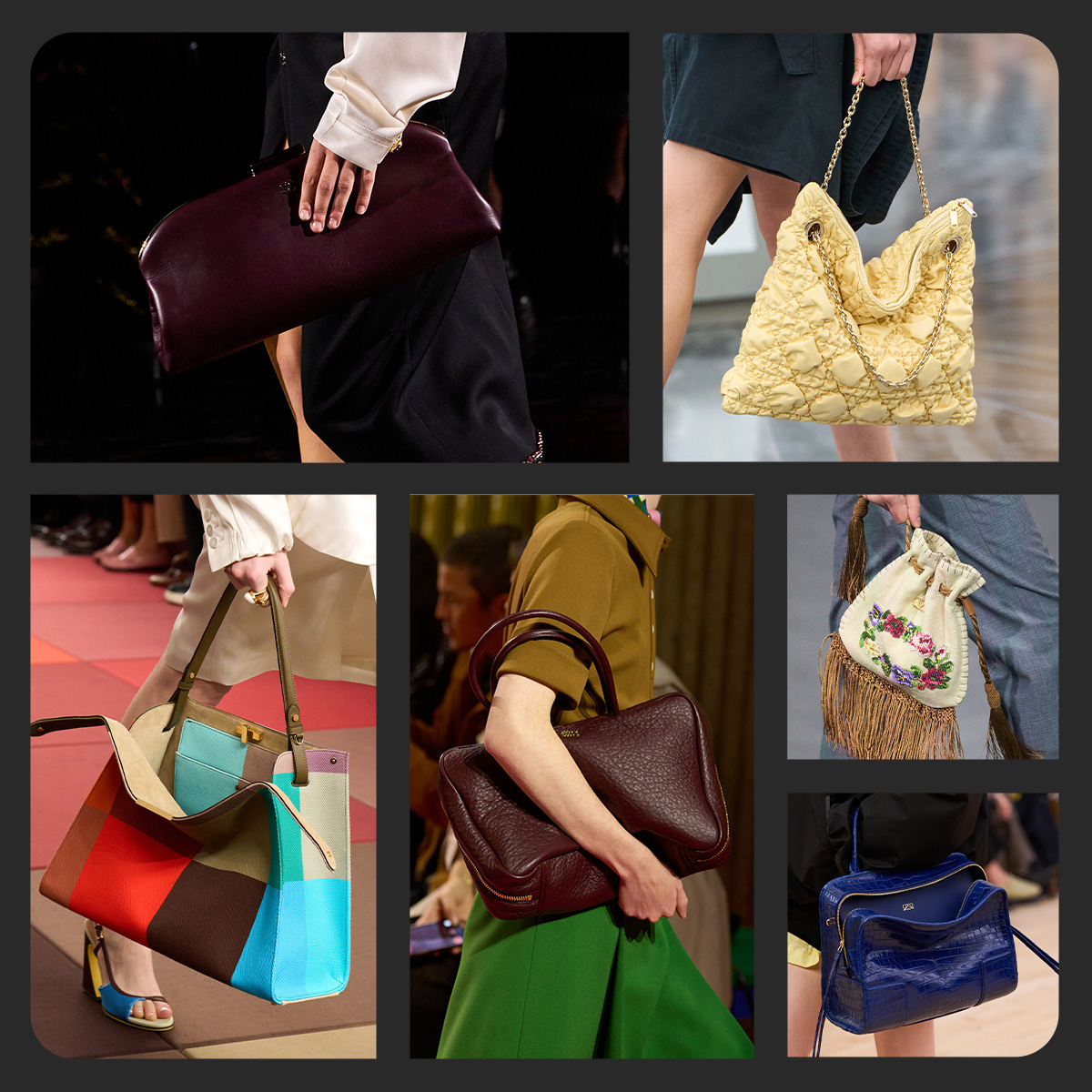 Every Major Handbag Trend Fashion People Will Be Wearing Come Spring 2026
Every Major Handbag Trend Fashion People Will Be Wearing Come Spring 2026From slightly askew purses to single strap silhouettes.
-
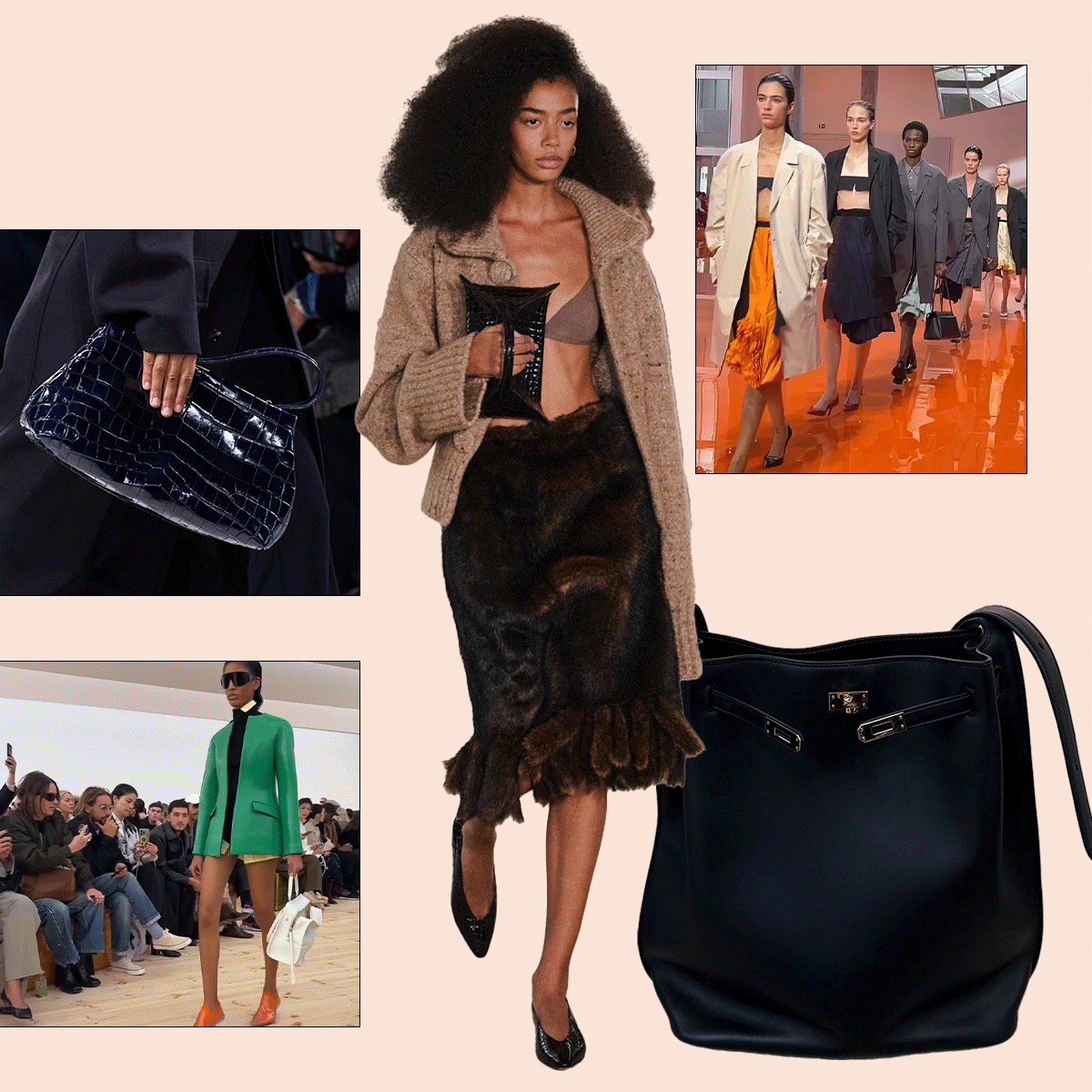 My Spring 2026 Wish List, From Chanel Mules to Prada Skirts
My Spring 2026 Wish List, From Chanel Mules to Prada SkirtsEverything worth saving up for, all in one place.
-
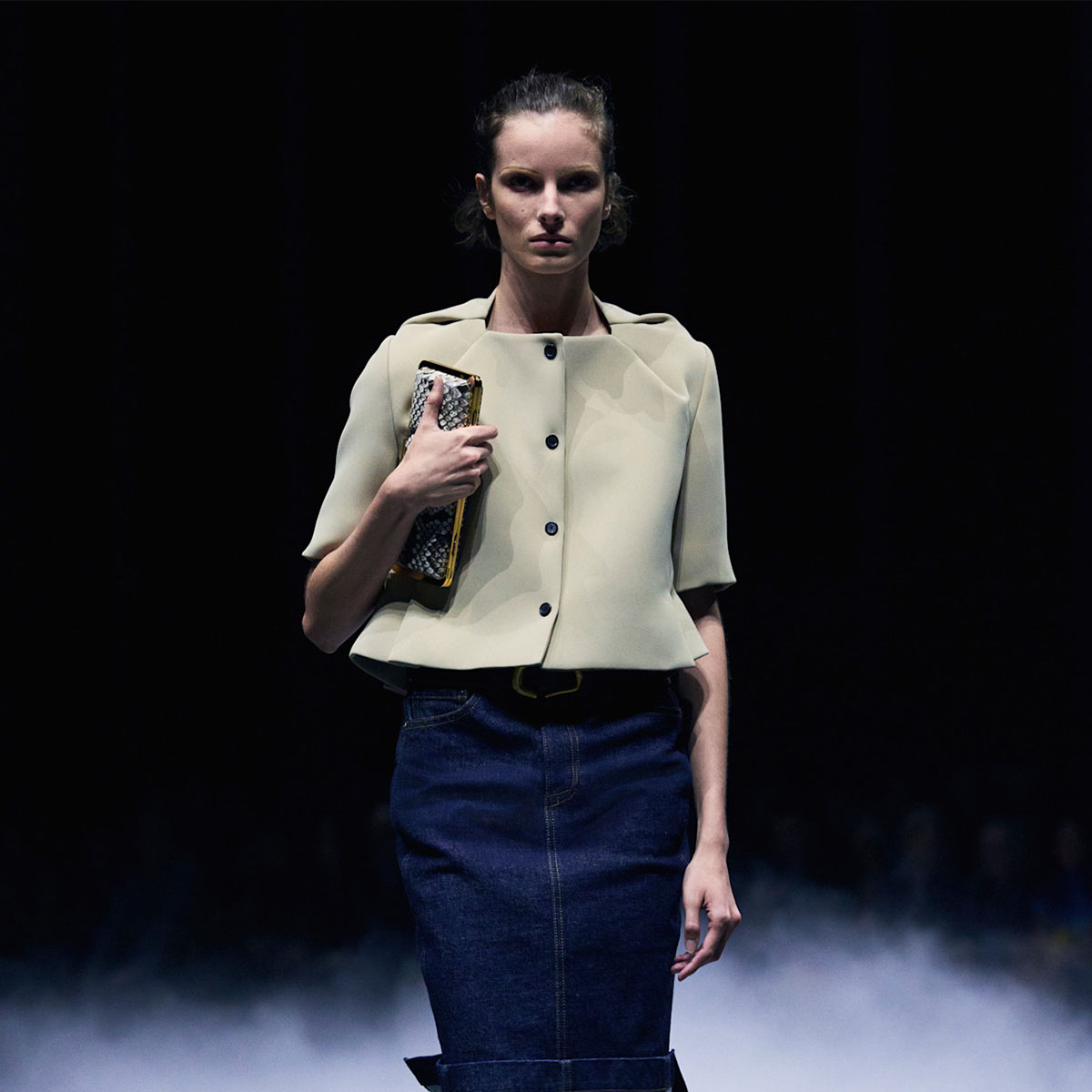 My Under-$400 Edit: Everything I'm Buying Now to Look On-Trend in 2026
My Under-$400 Edit: Everything I'm Buying Now to Look On-Trend in 2026Shop the edit.
-
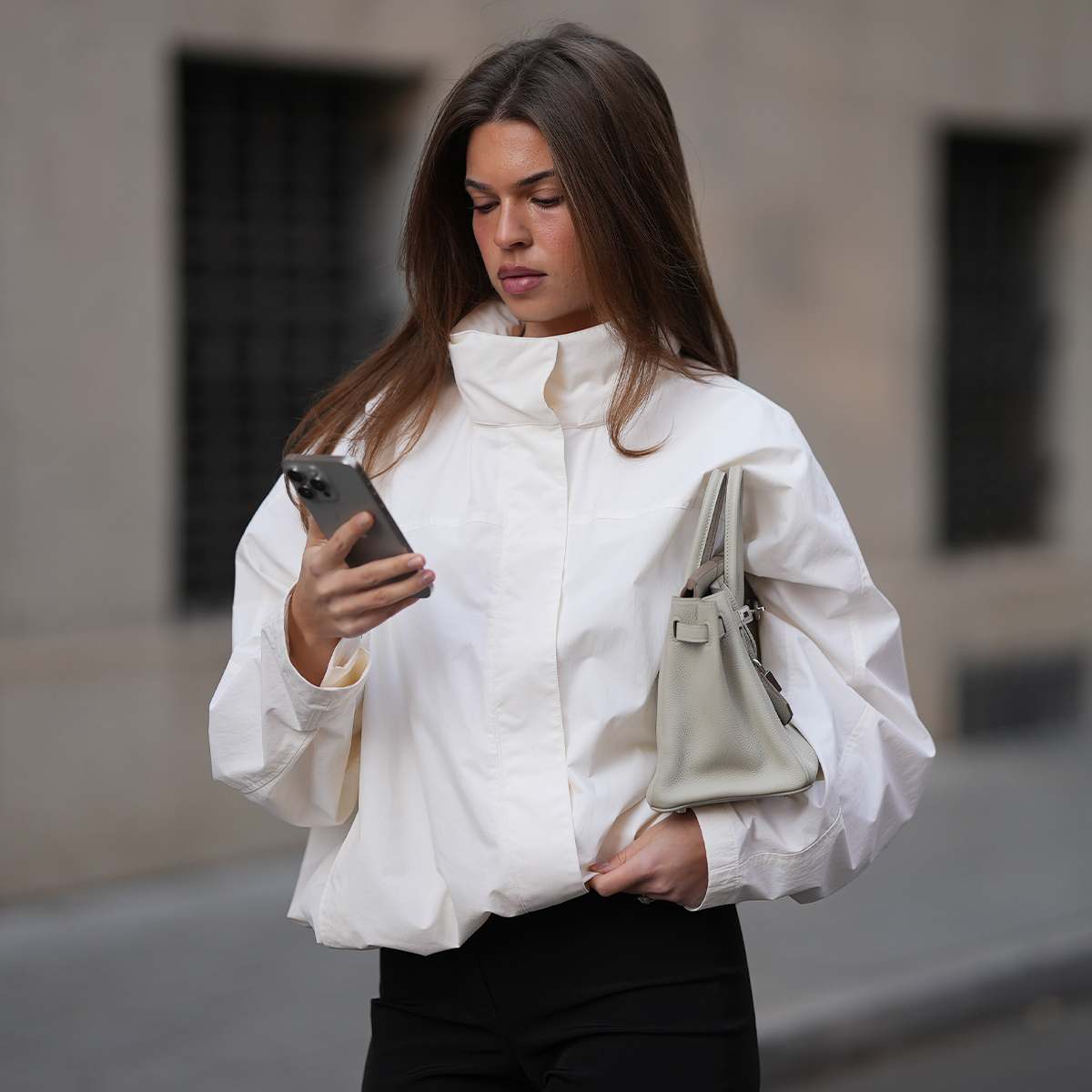 My Sister Asked Me What She Should Buy From Amazon—30 Fashionable Items I Suggested
My Sister Asked Me What She Should Buy From Amazon—30 Fashionable Items I SuggestedBasically, everything on my Black Friday wish list.
-
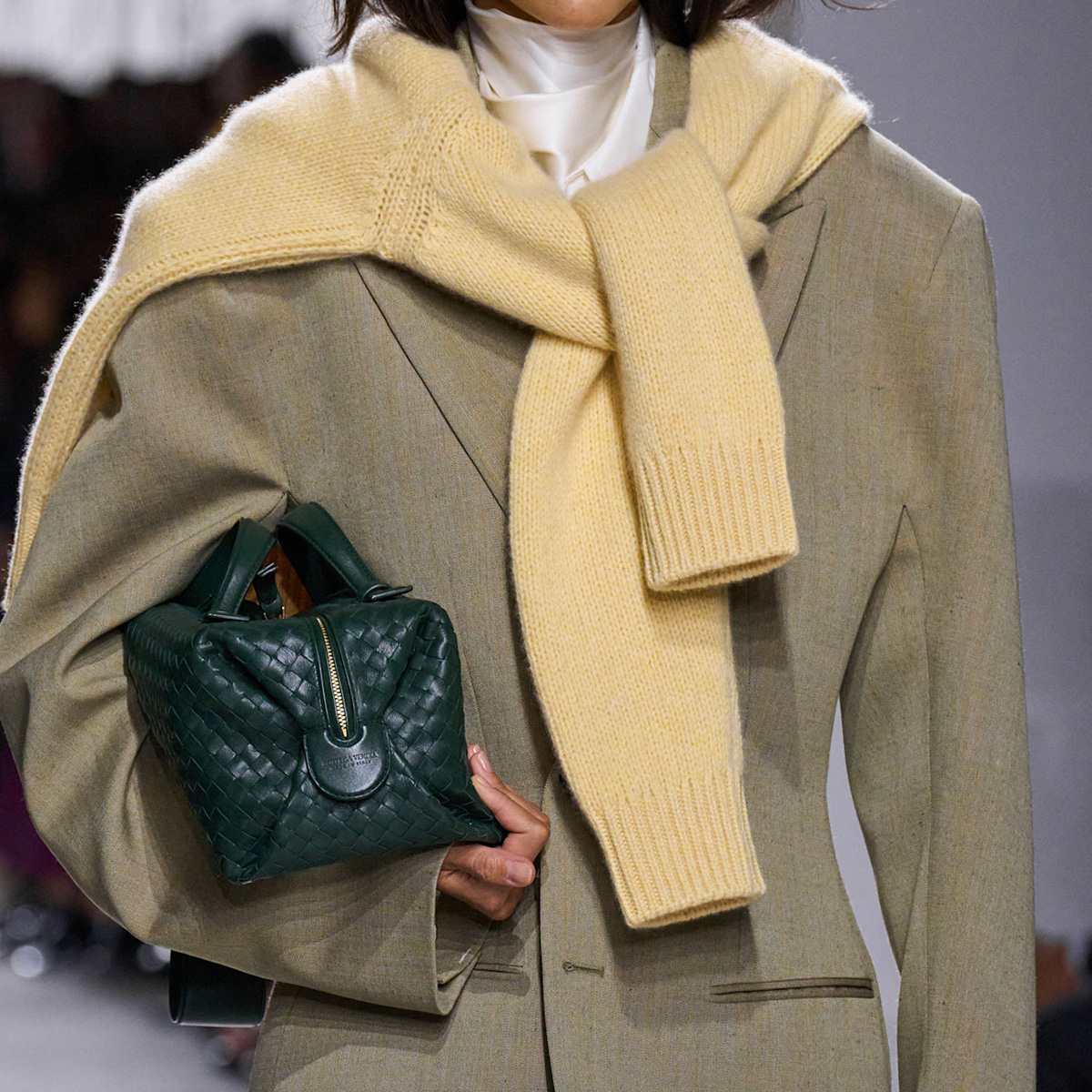 5 2026 Color Trends I'm Already Stealing From Louise Trotter's Bottega Veneta Debut
5 2026 Color Trends I'm Already Stealing From Louise Trotter's Bottega Veneta DebutButter yellow! Navy! Pops of green!
-
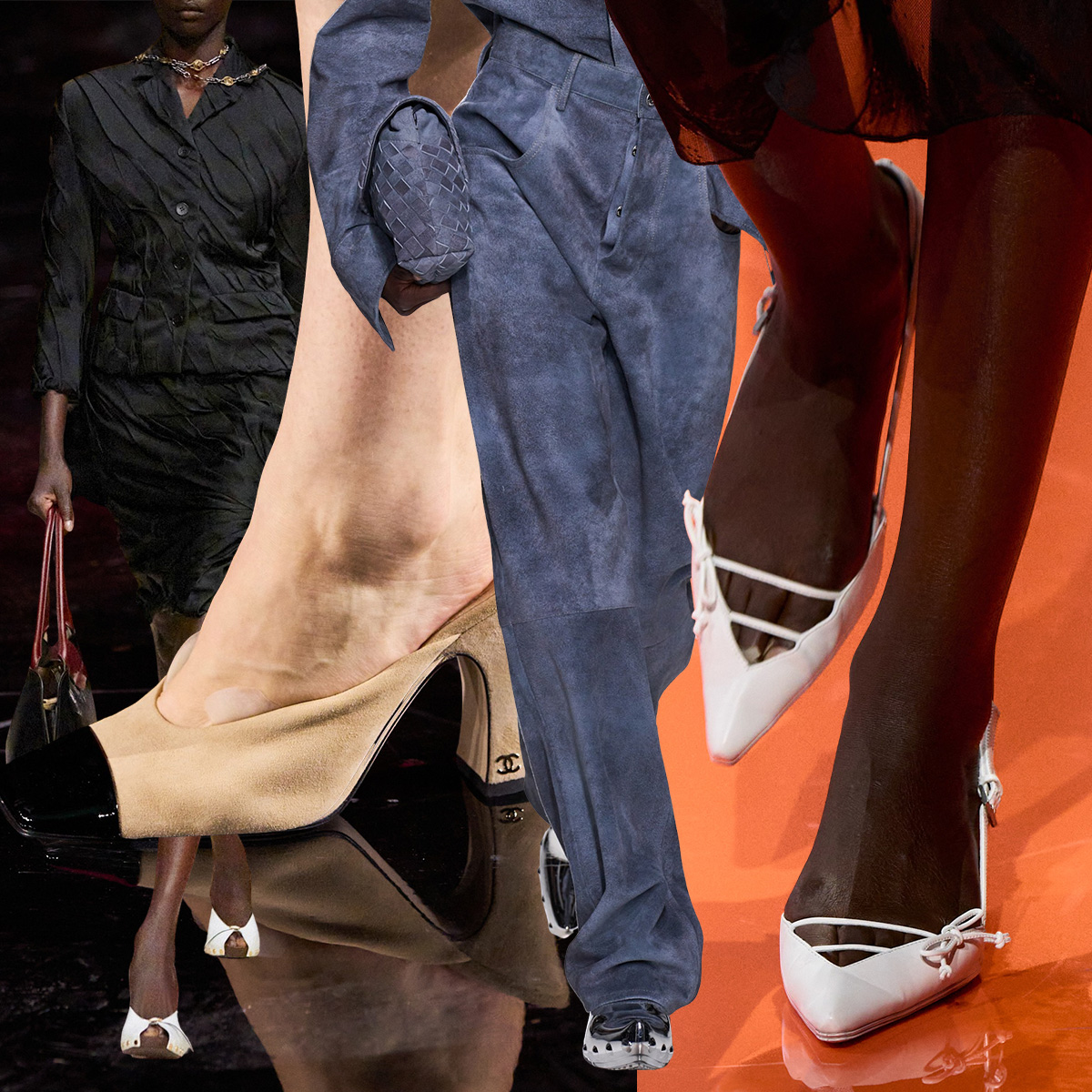 Everyone With Good Taste Will Be Wearing These Shoes Come Spring 2026
Everyone With Good Taste Will Be Wearing These Shoes Come Spring 2026Your guide to the fashion month footwear you should have on your radar.
-
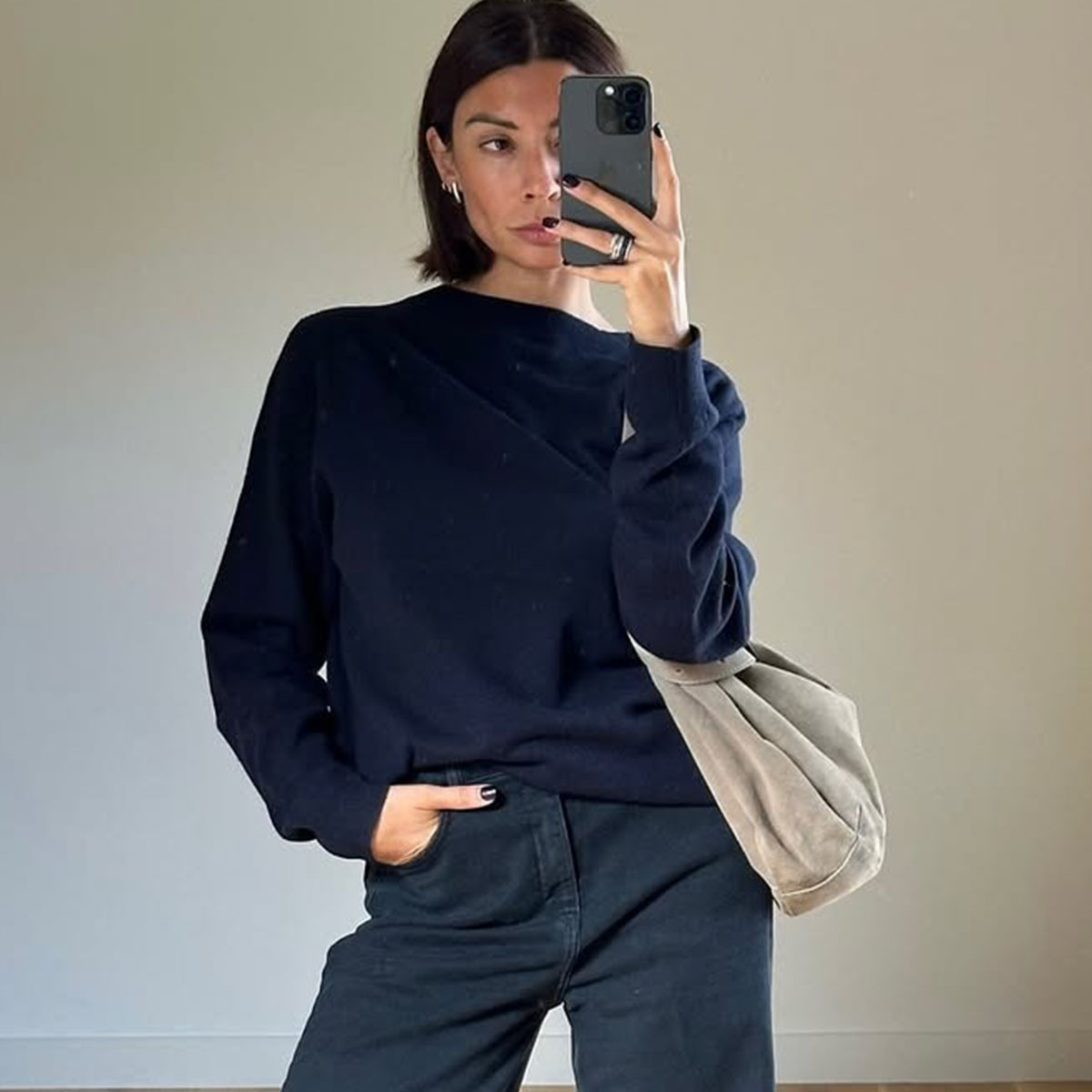 A Fashion Snob's Guide to Gap: 30 Chic Items I'm Buying to Elevate My Fall Wardrobe
A Fashion Snob's Guide to Gap: 30 Chic Items I'm Buying to Elevate My Fall WardrobeThey're 40% off right now.
